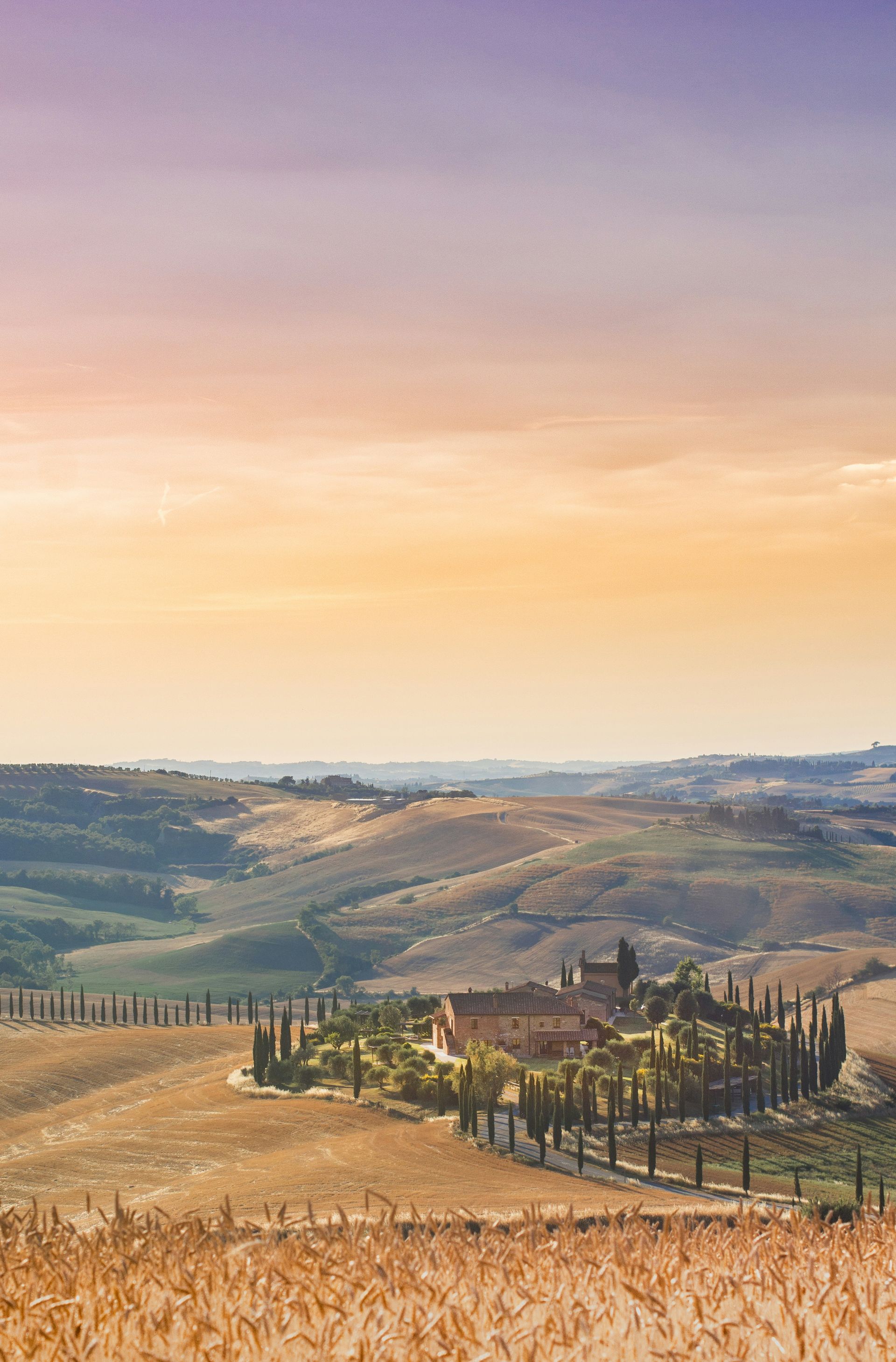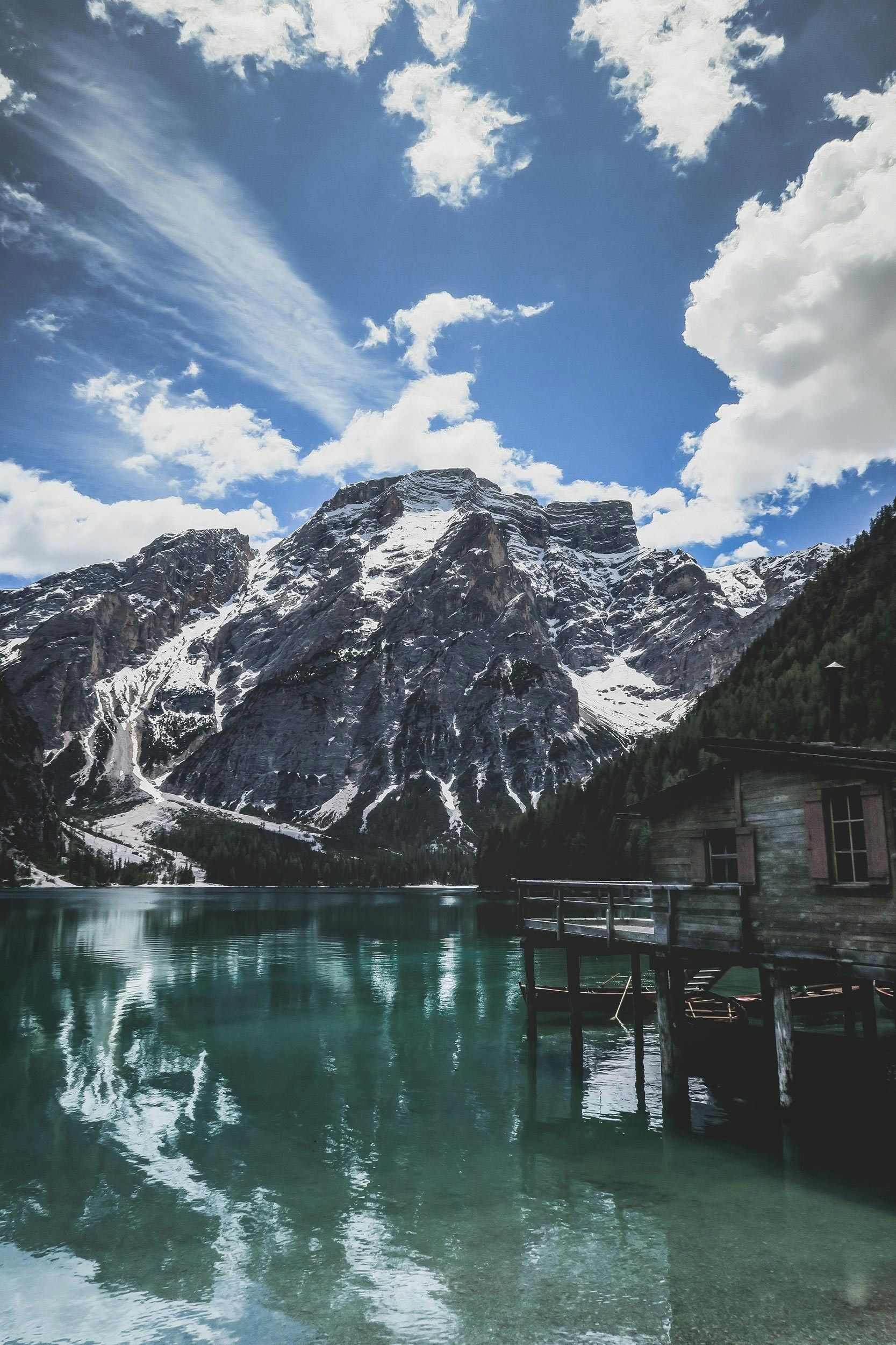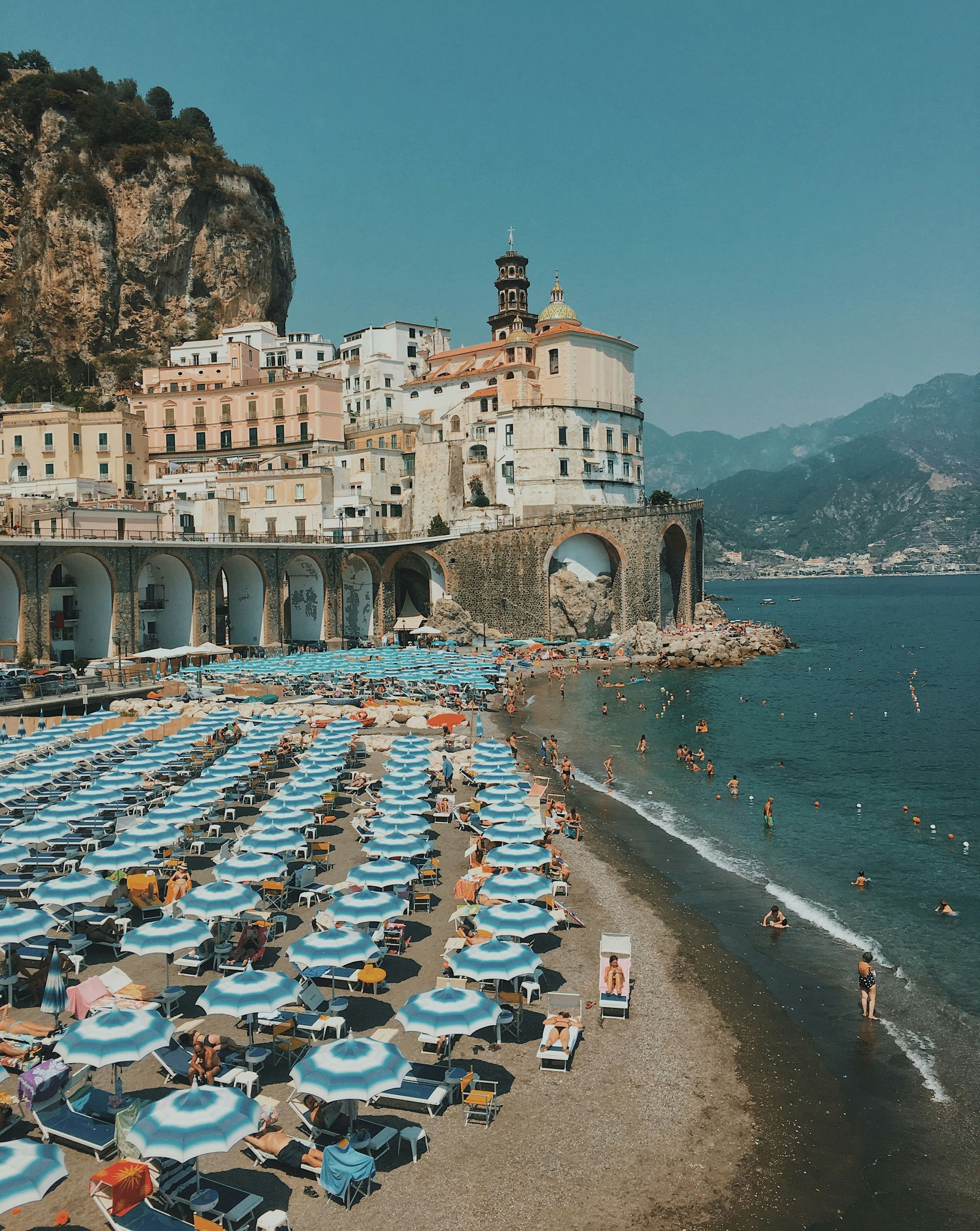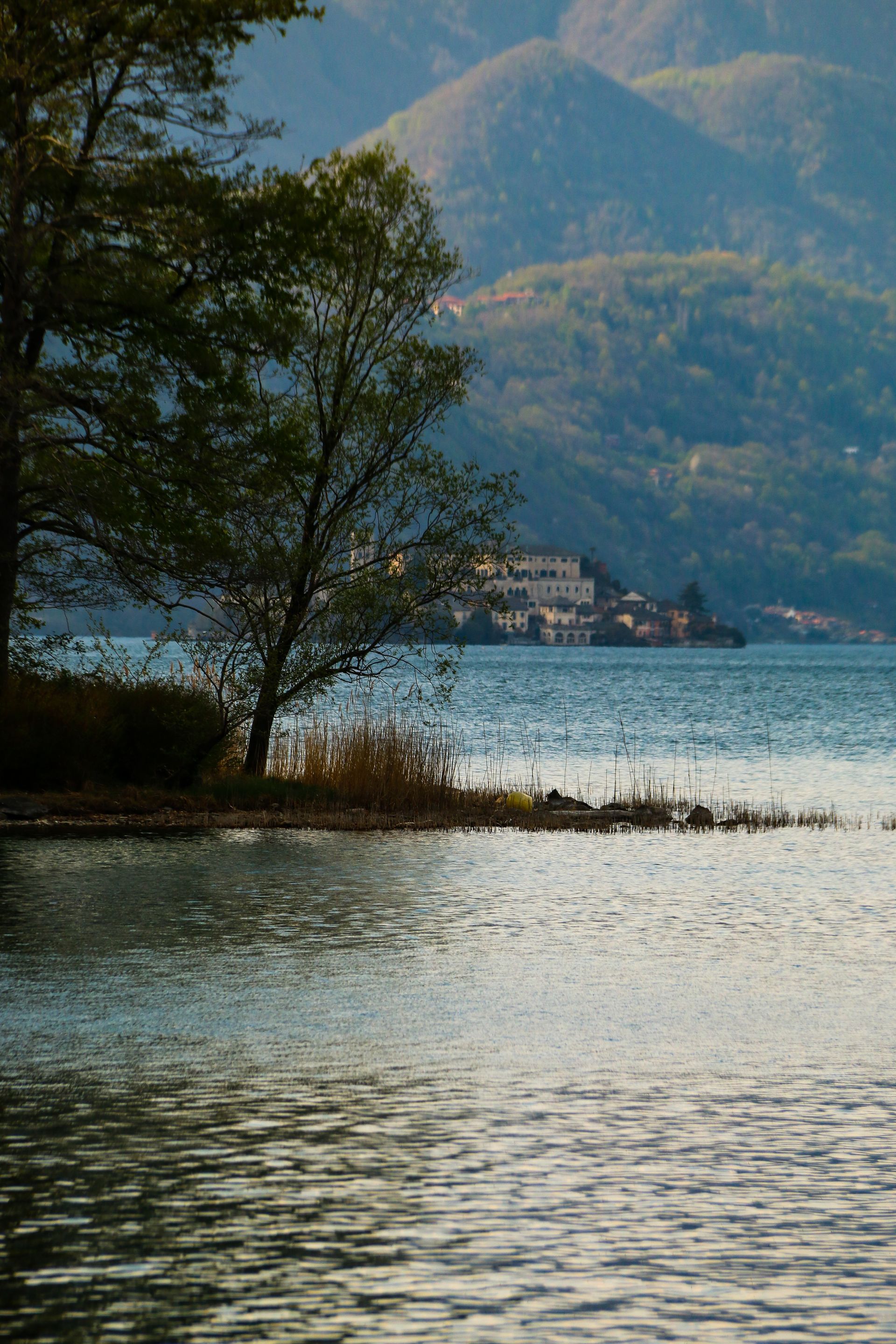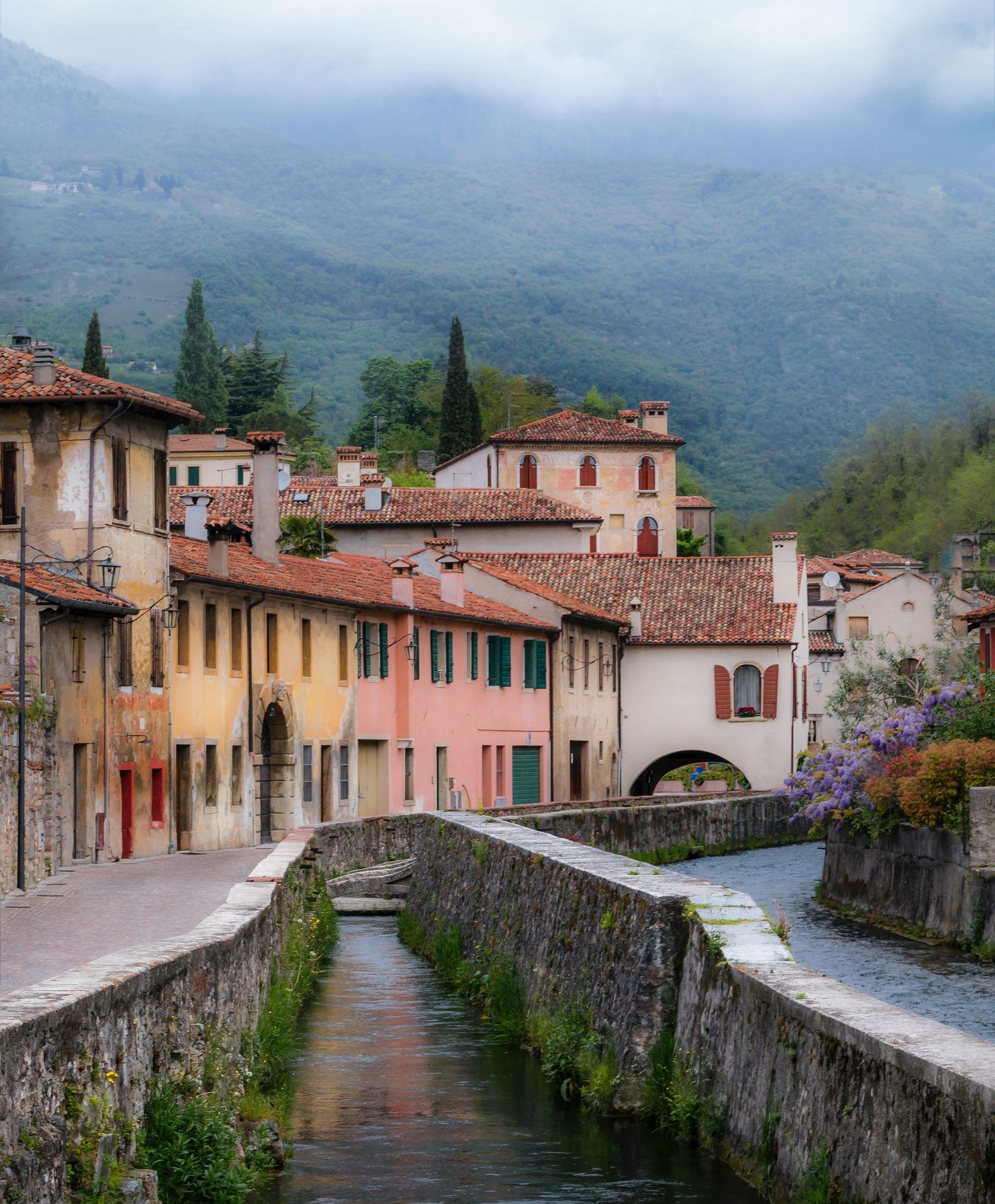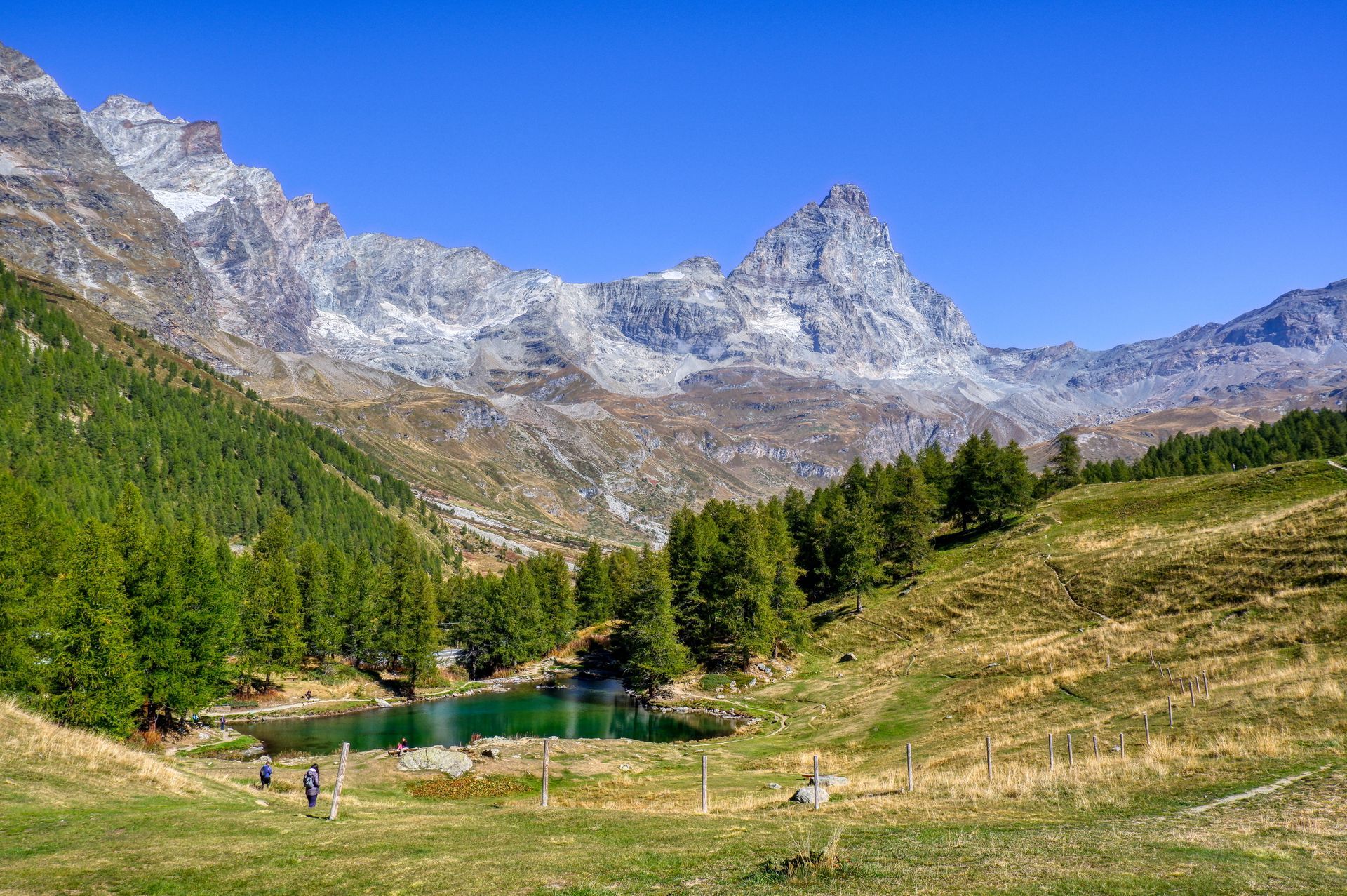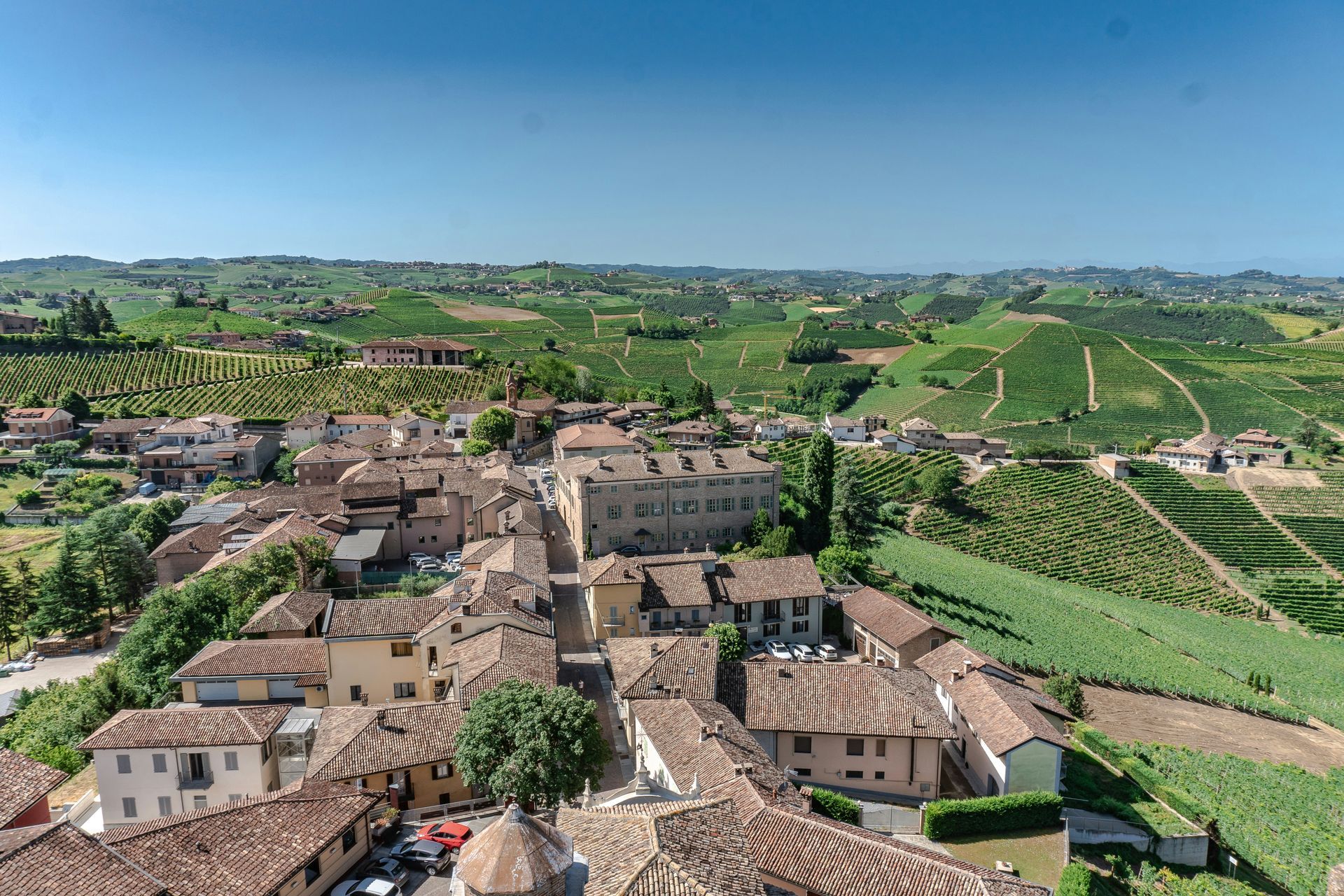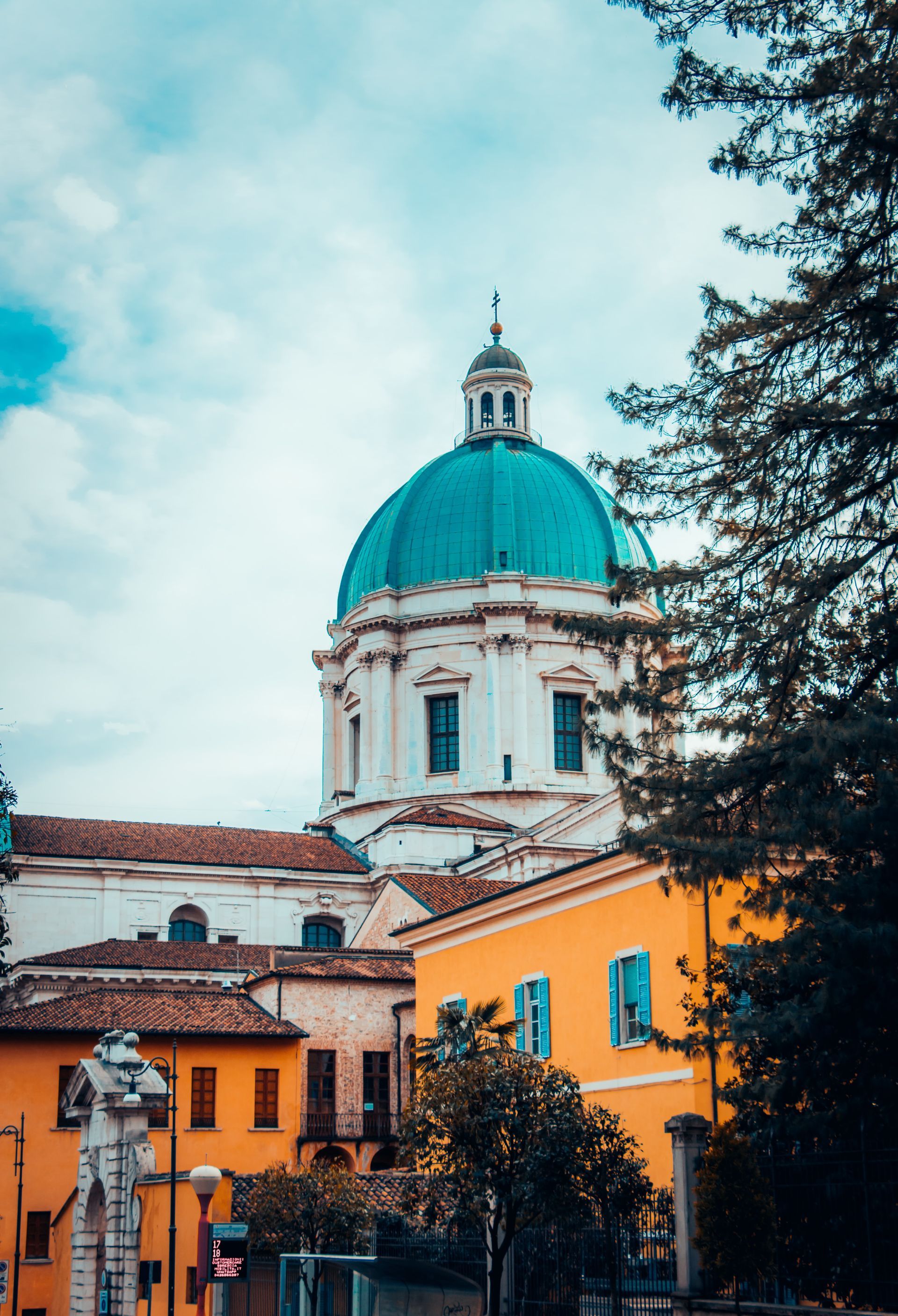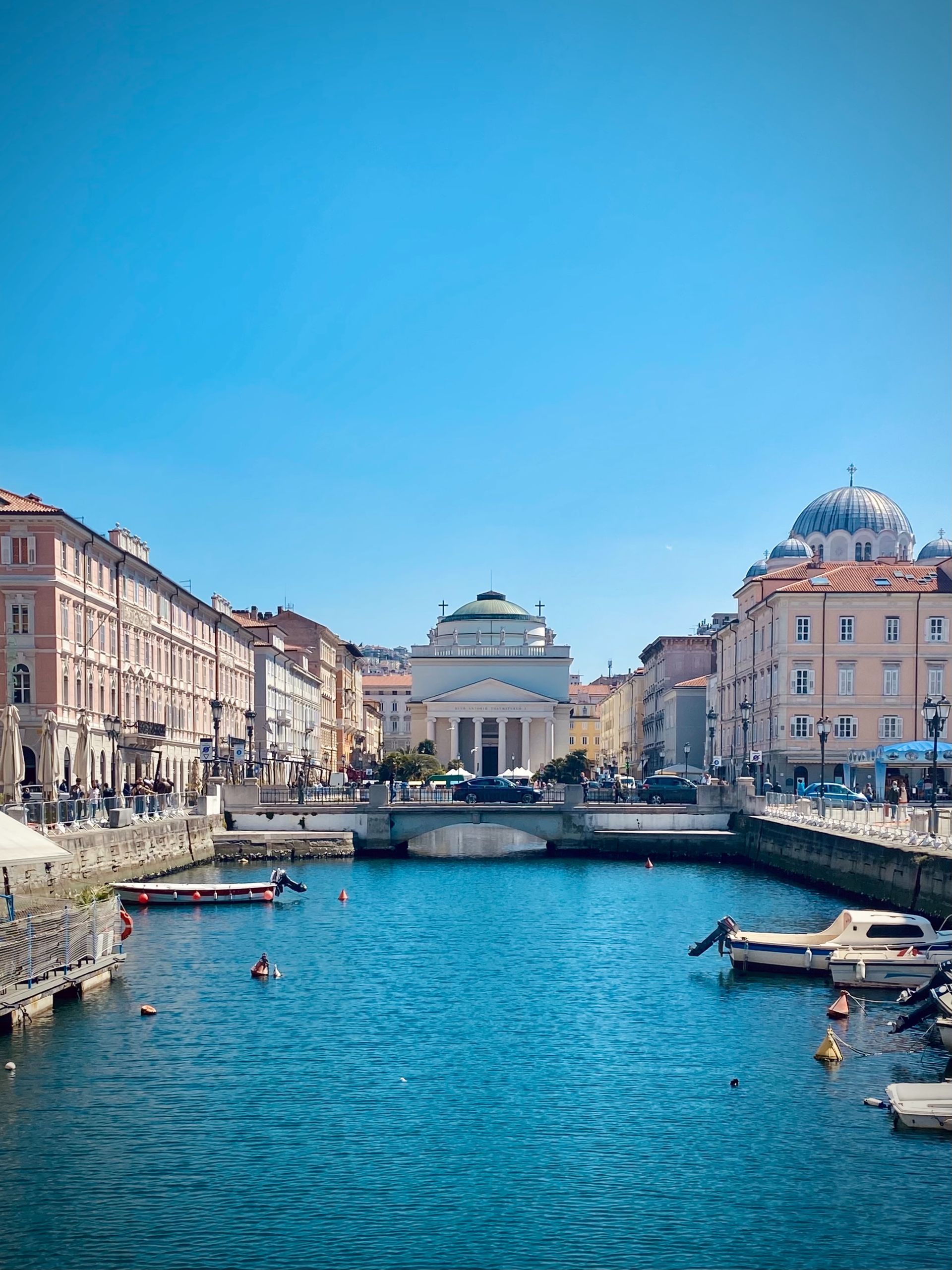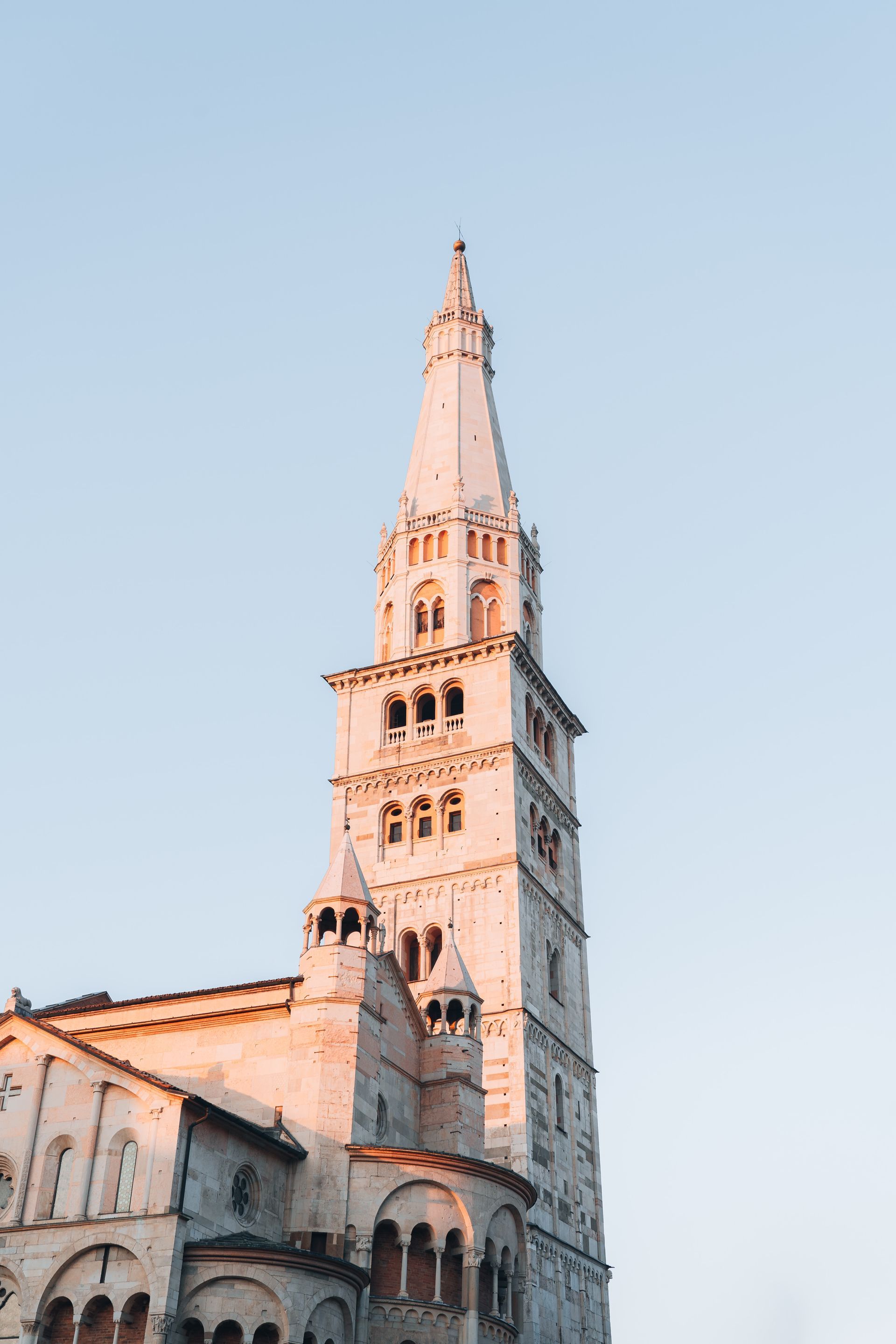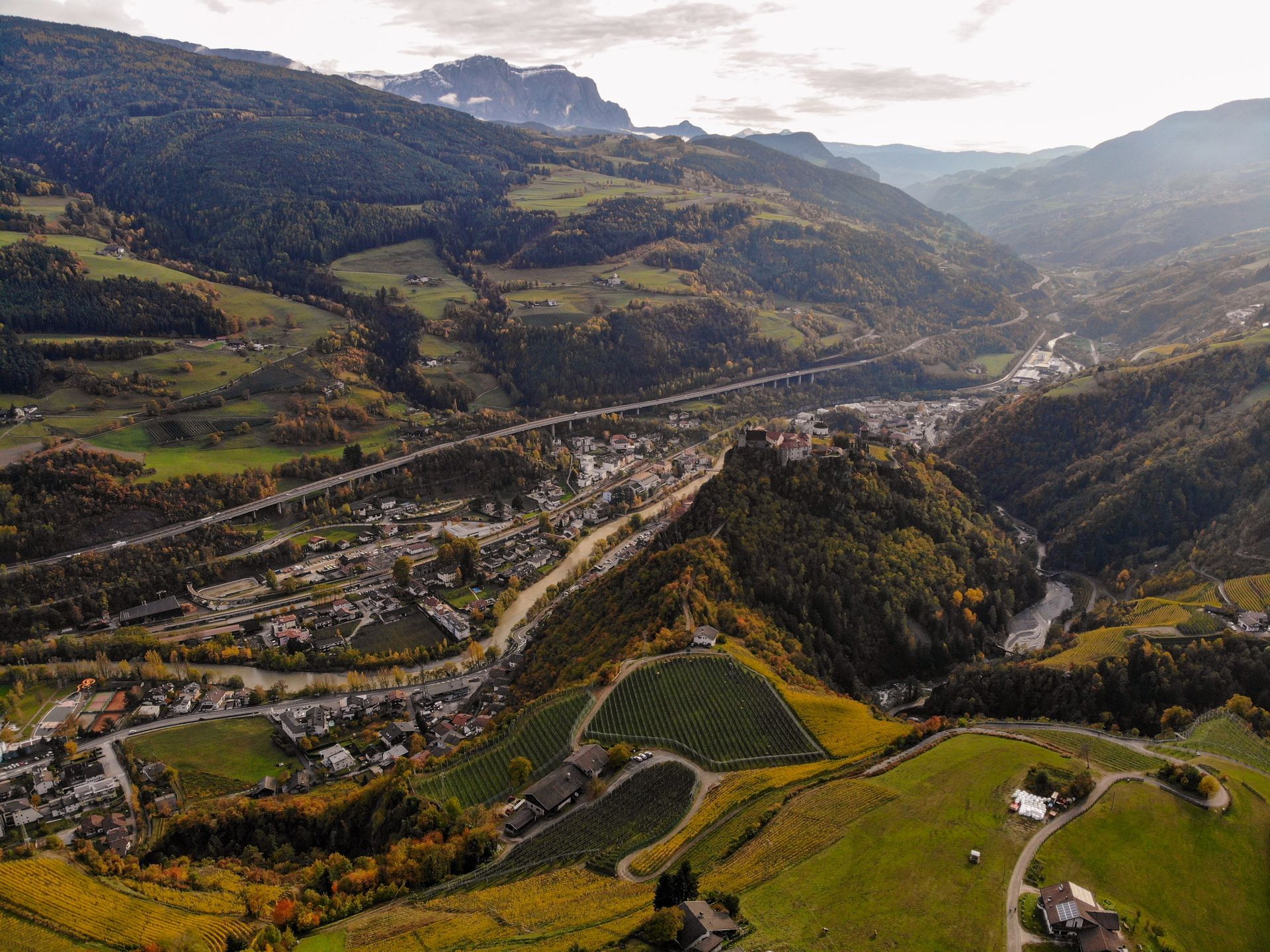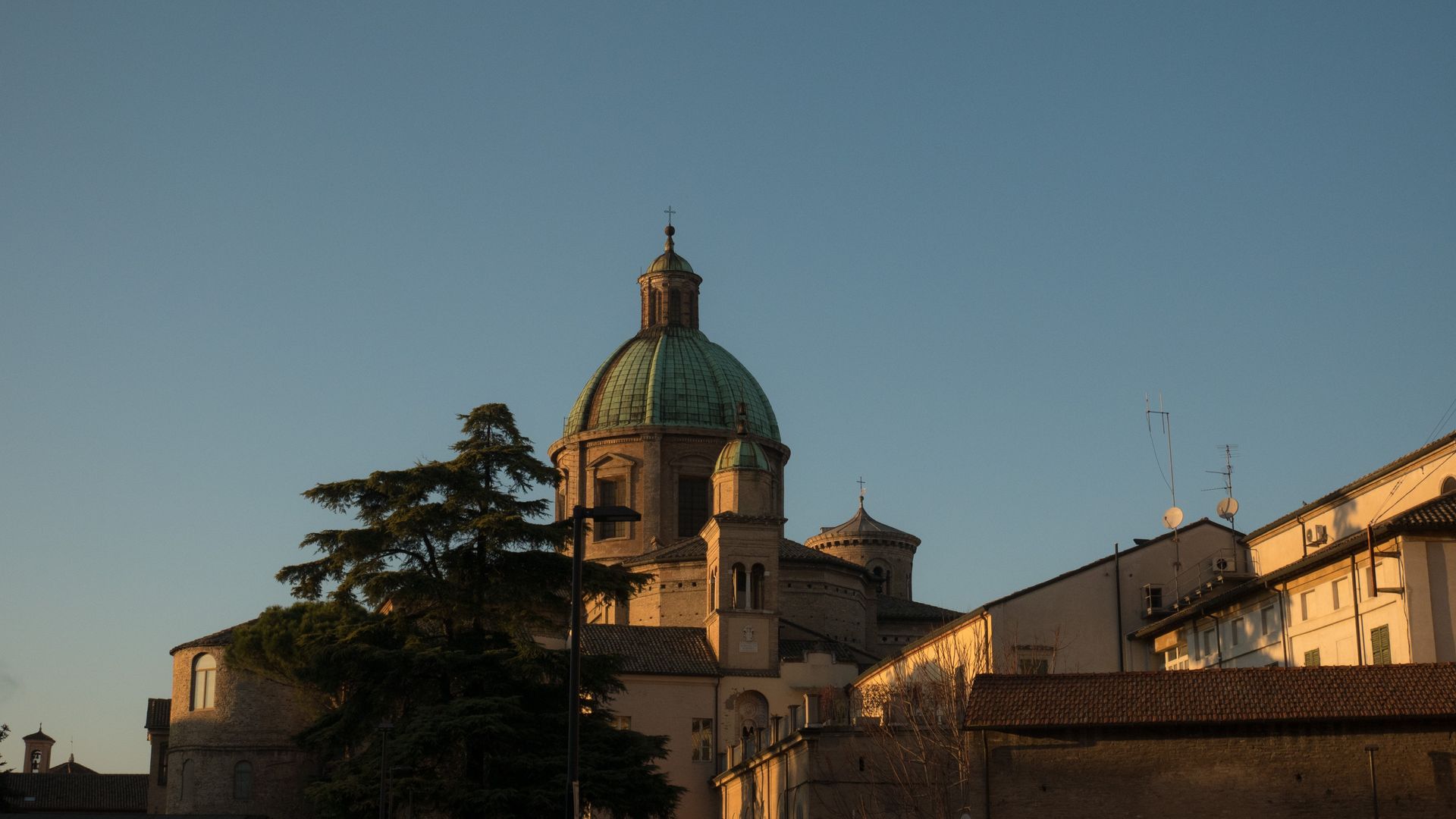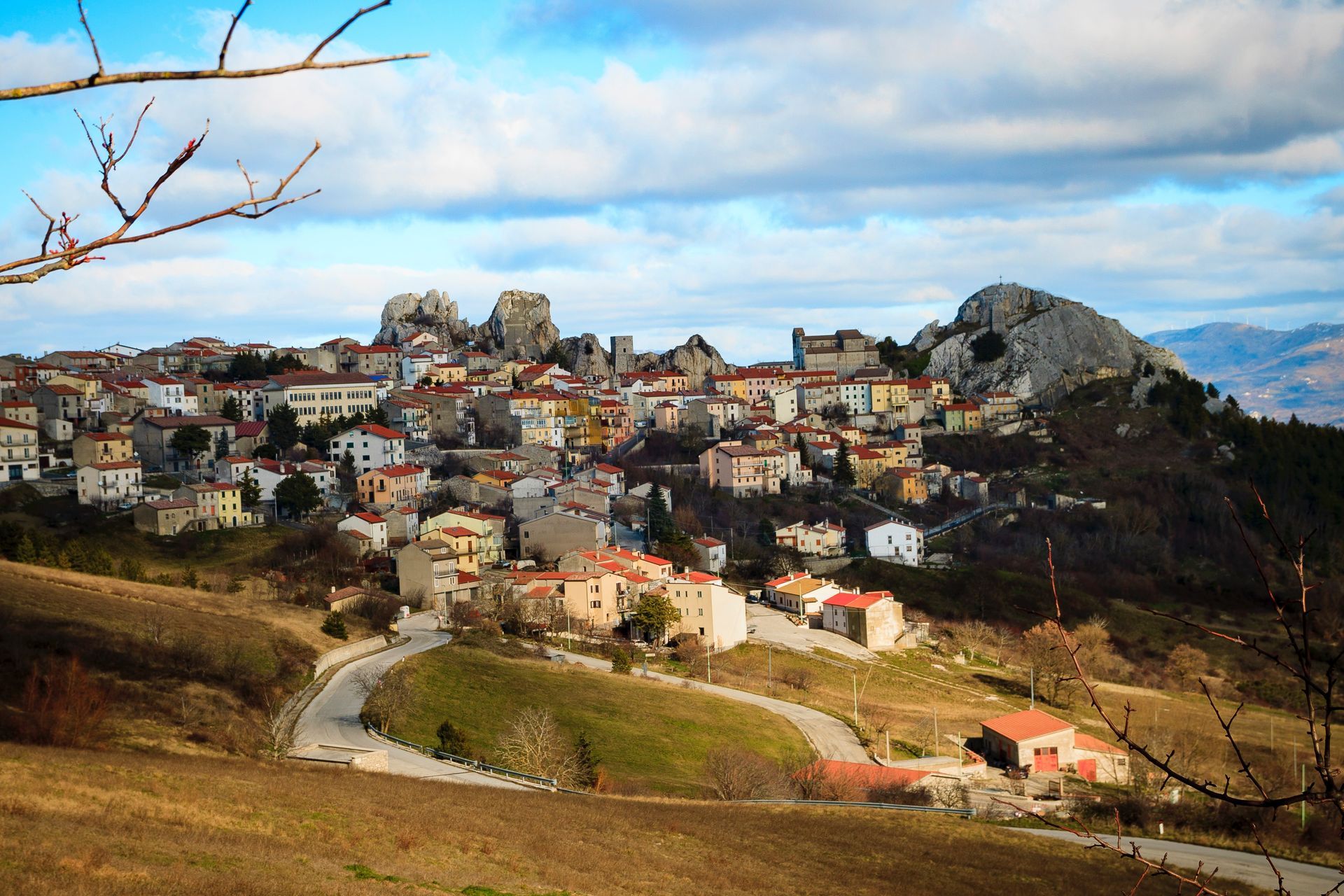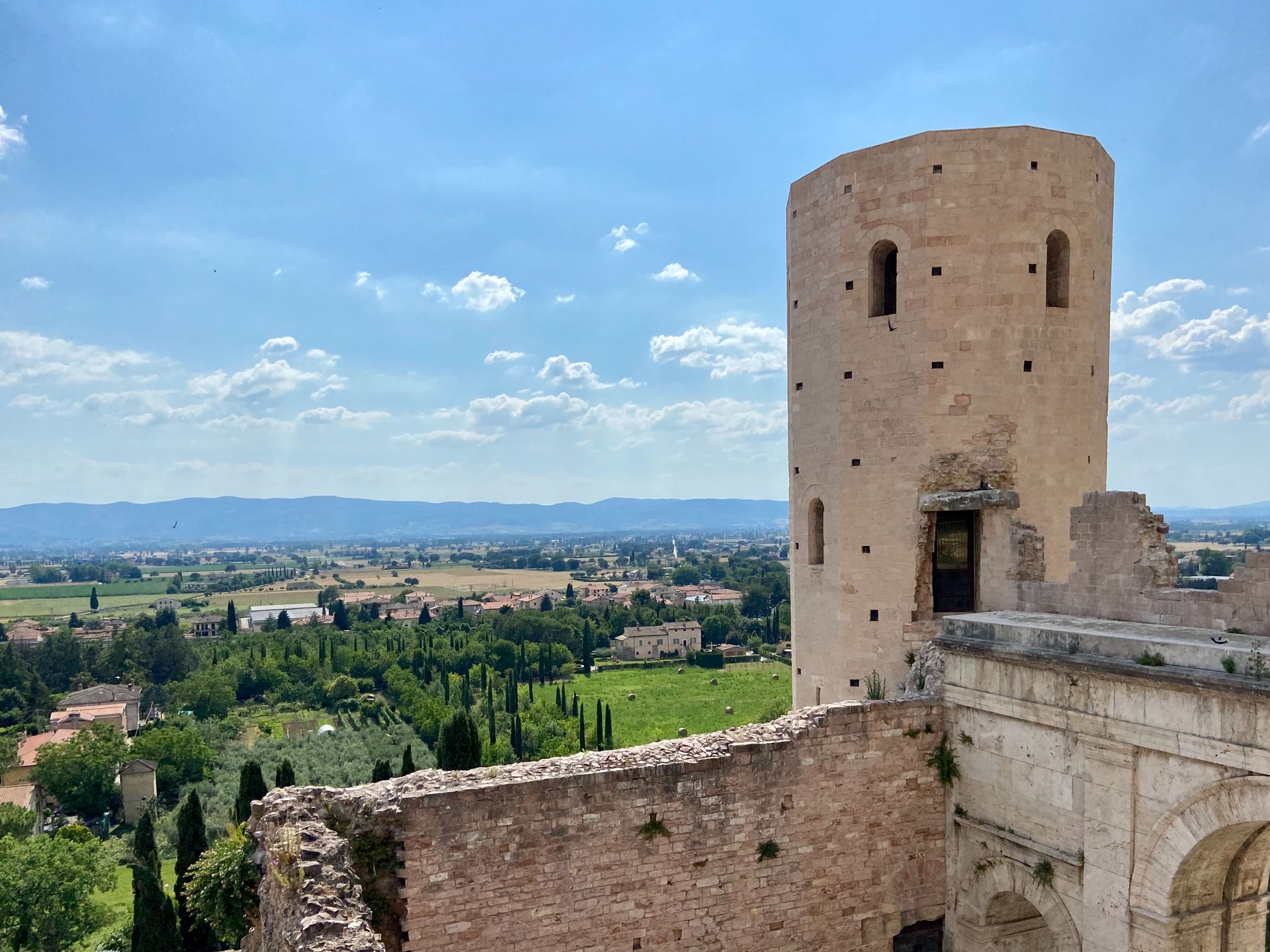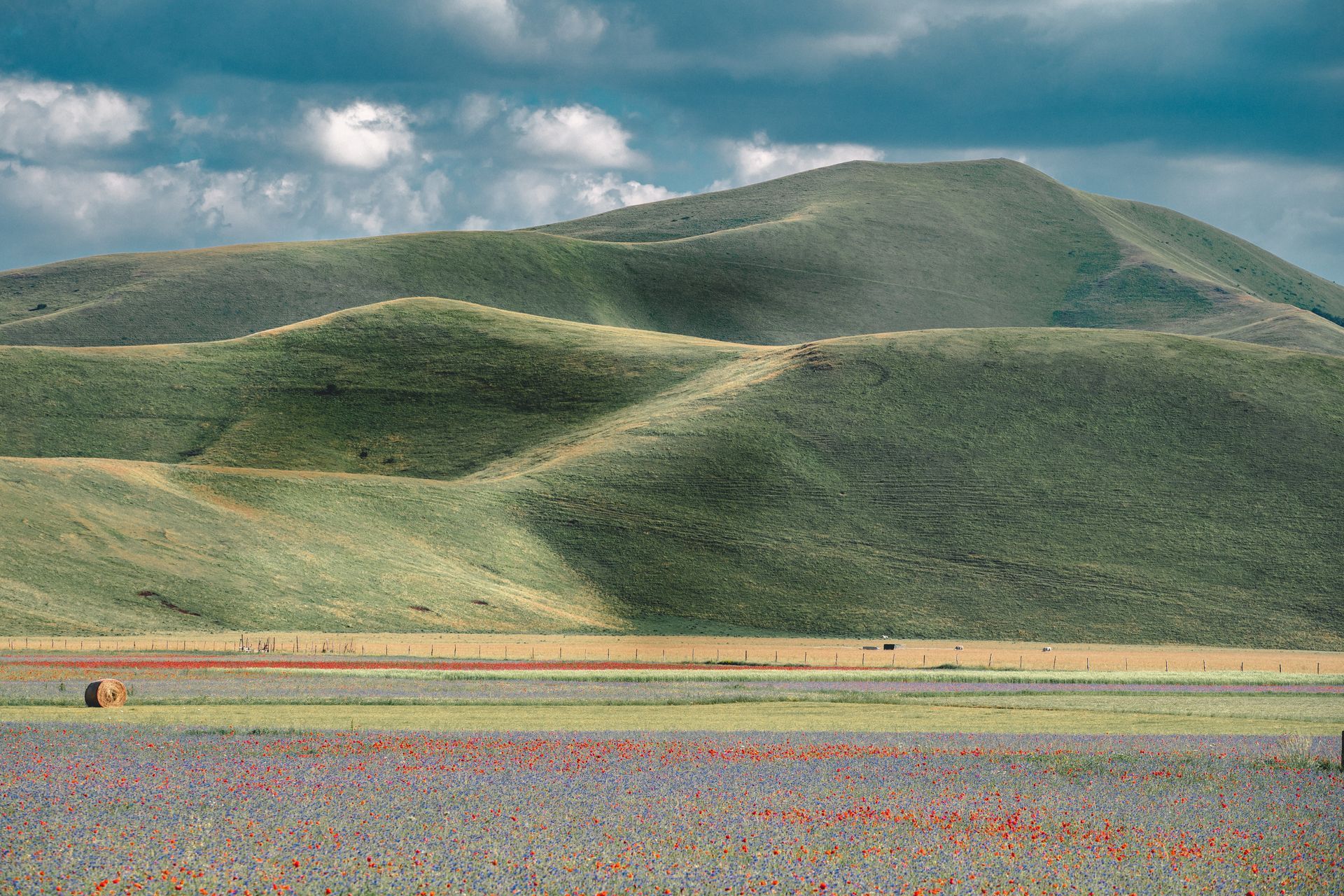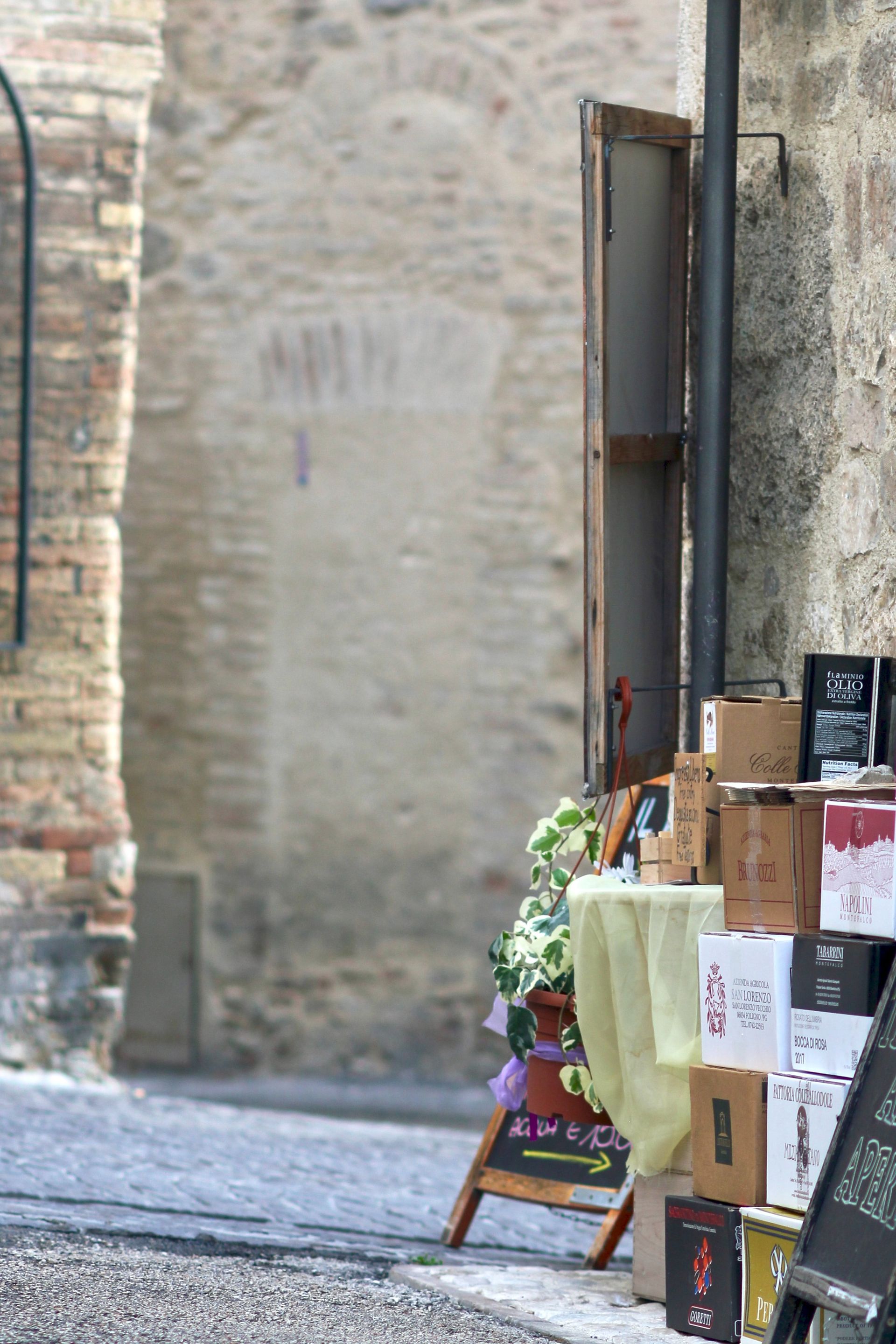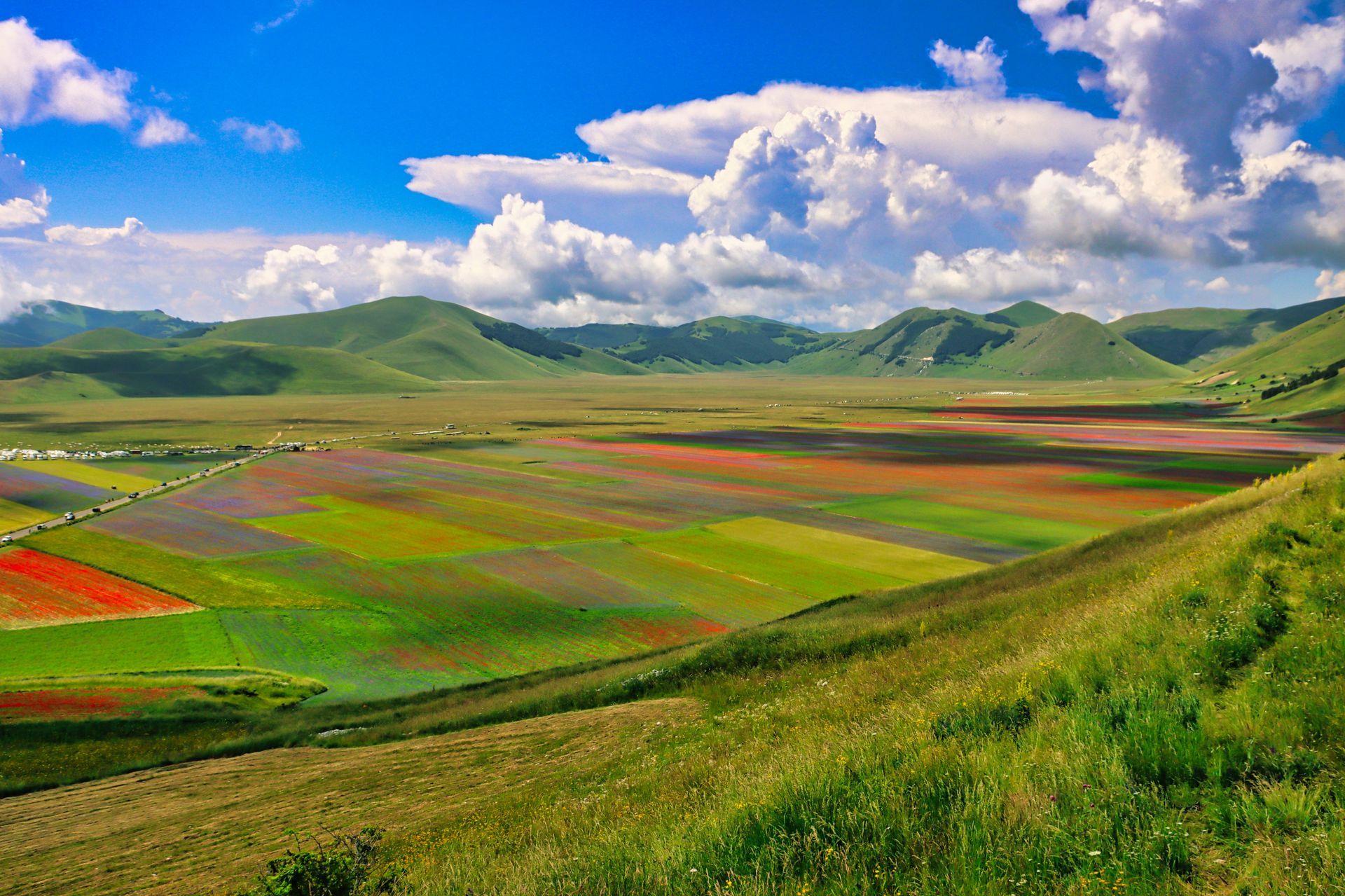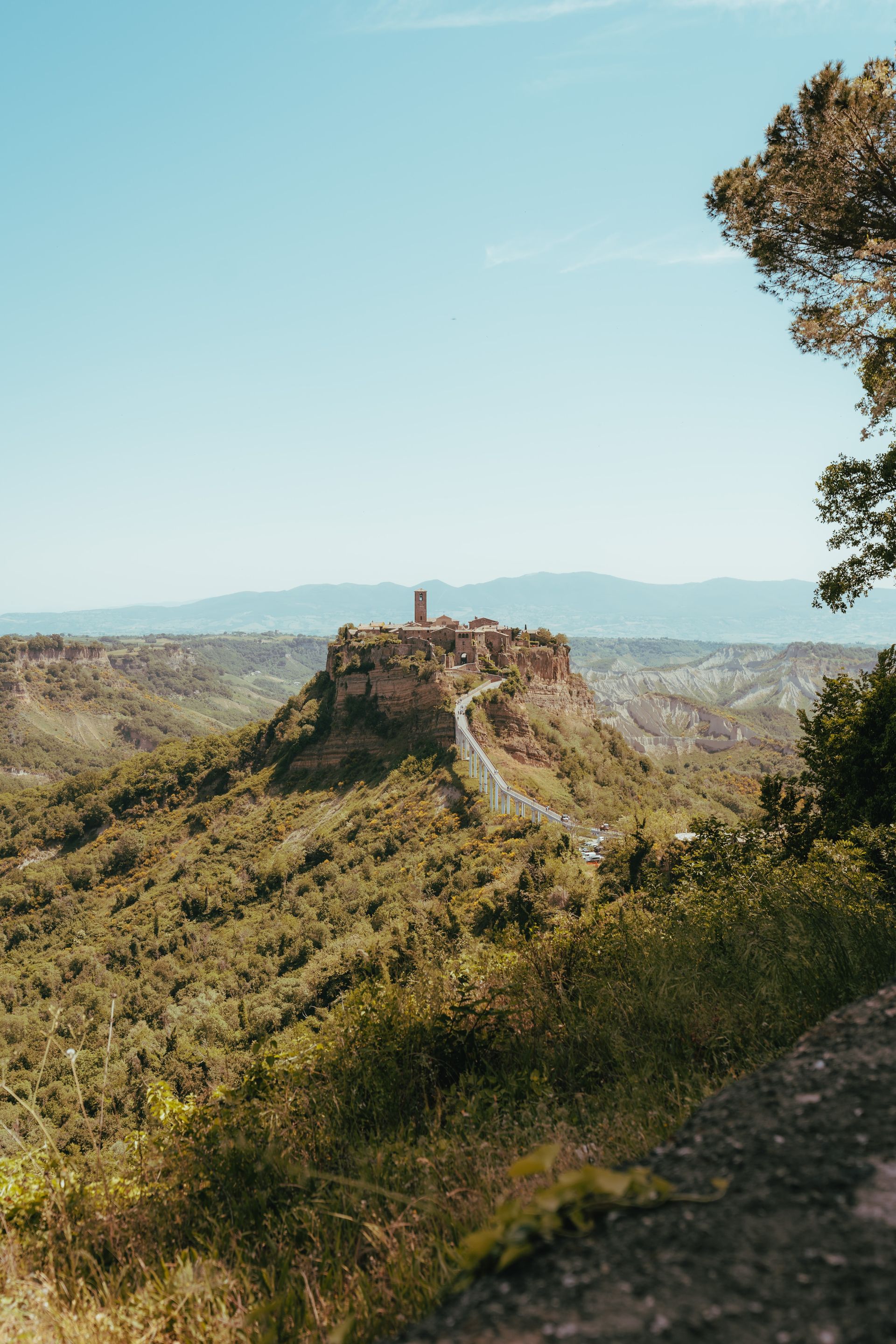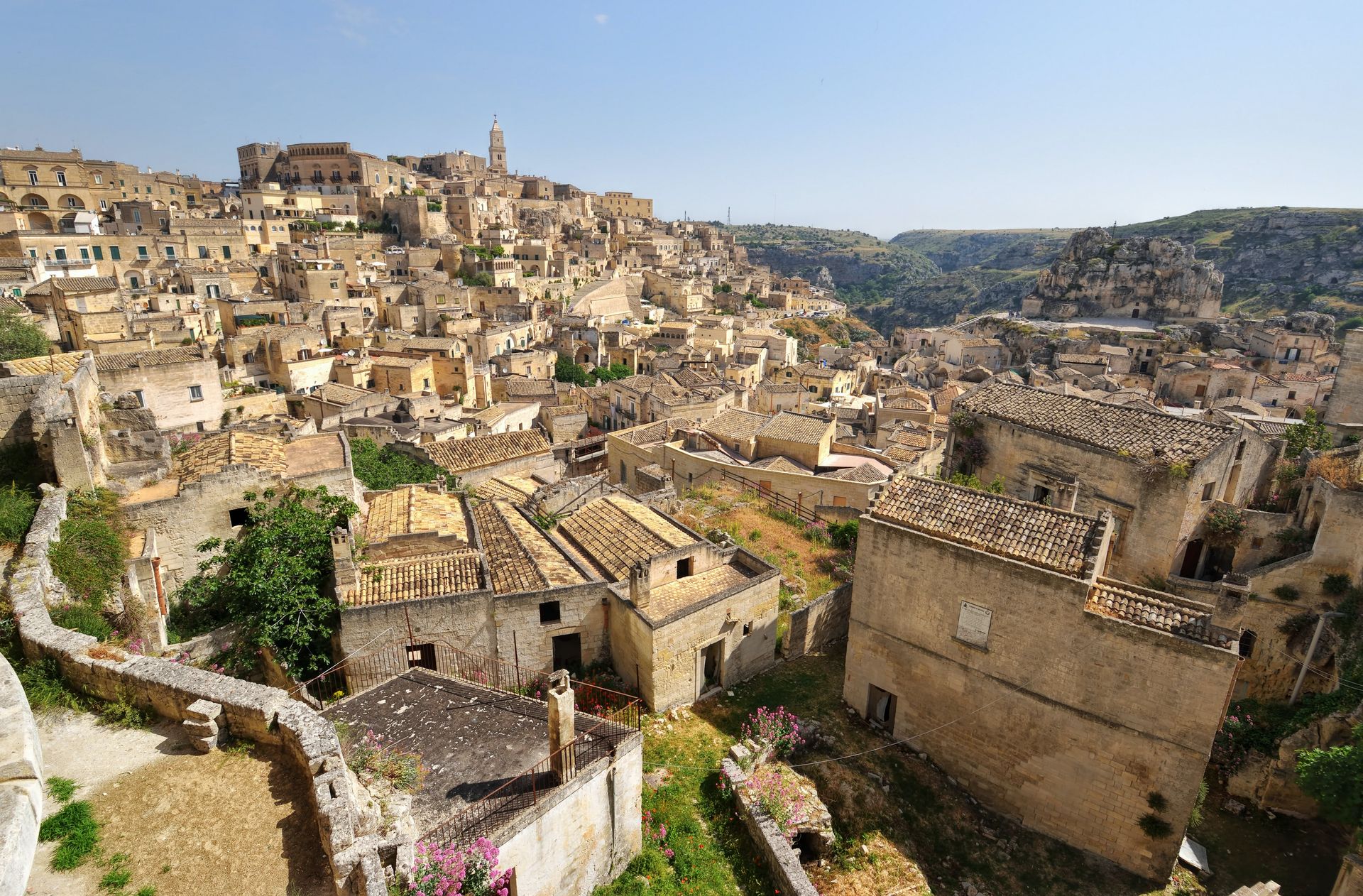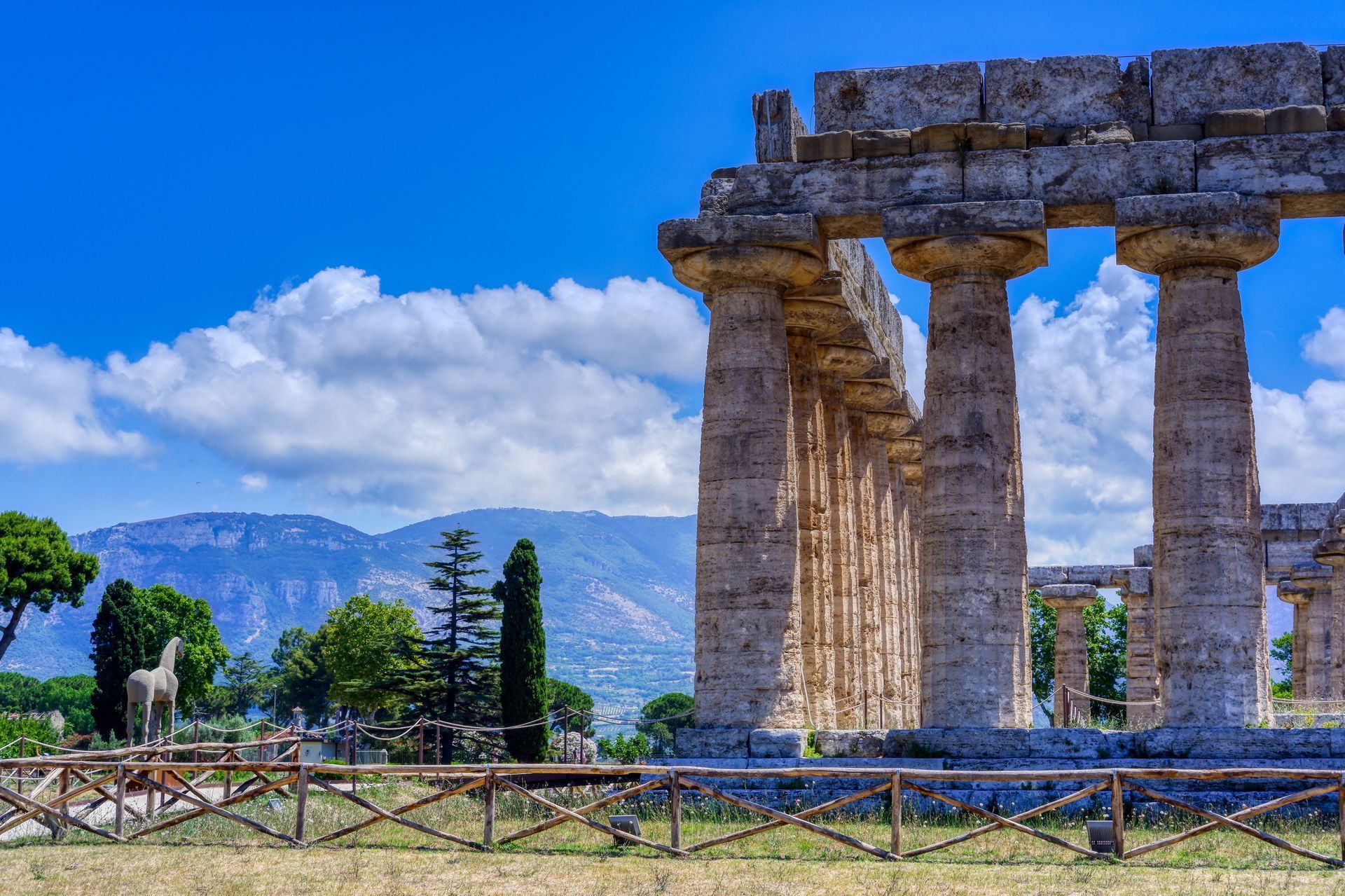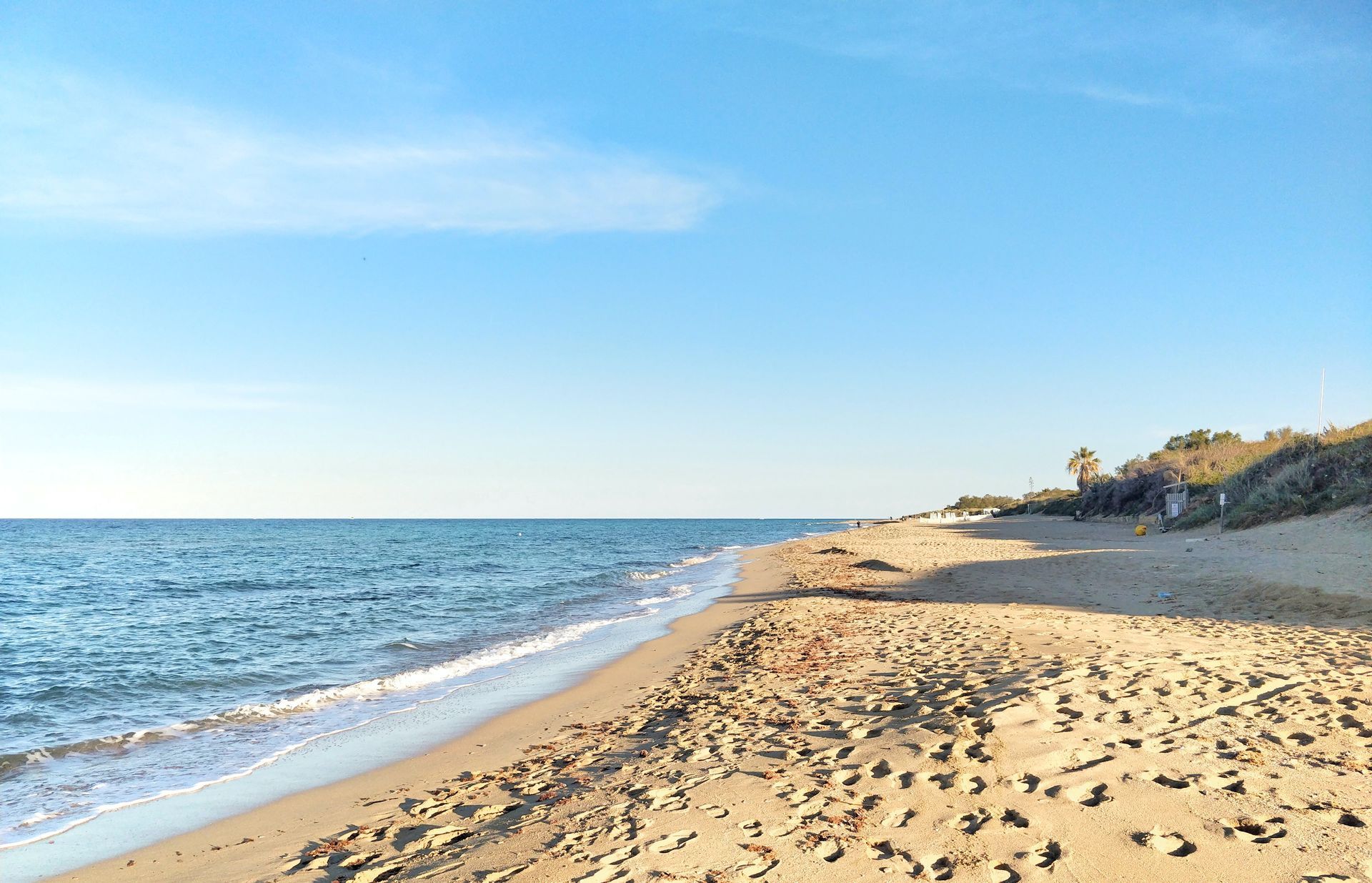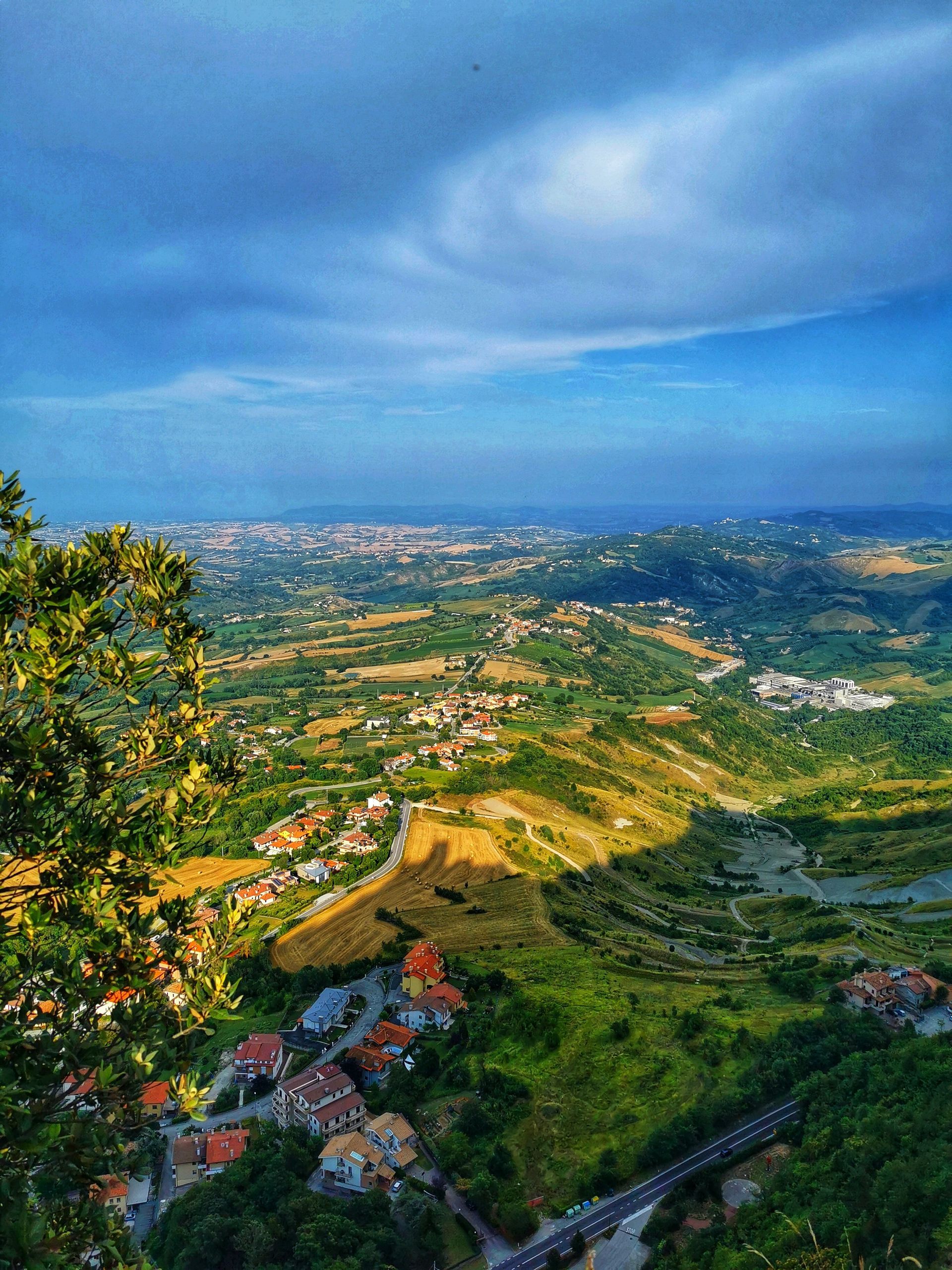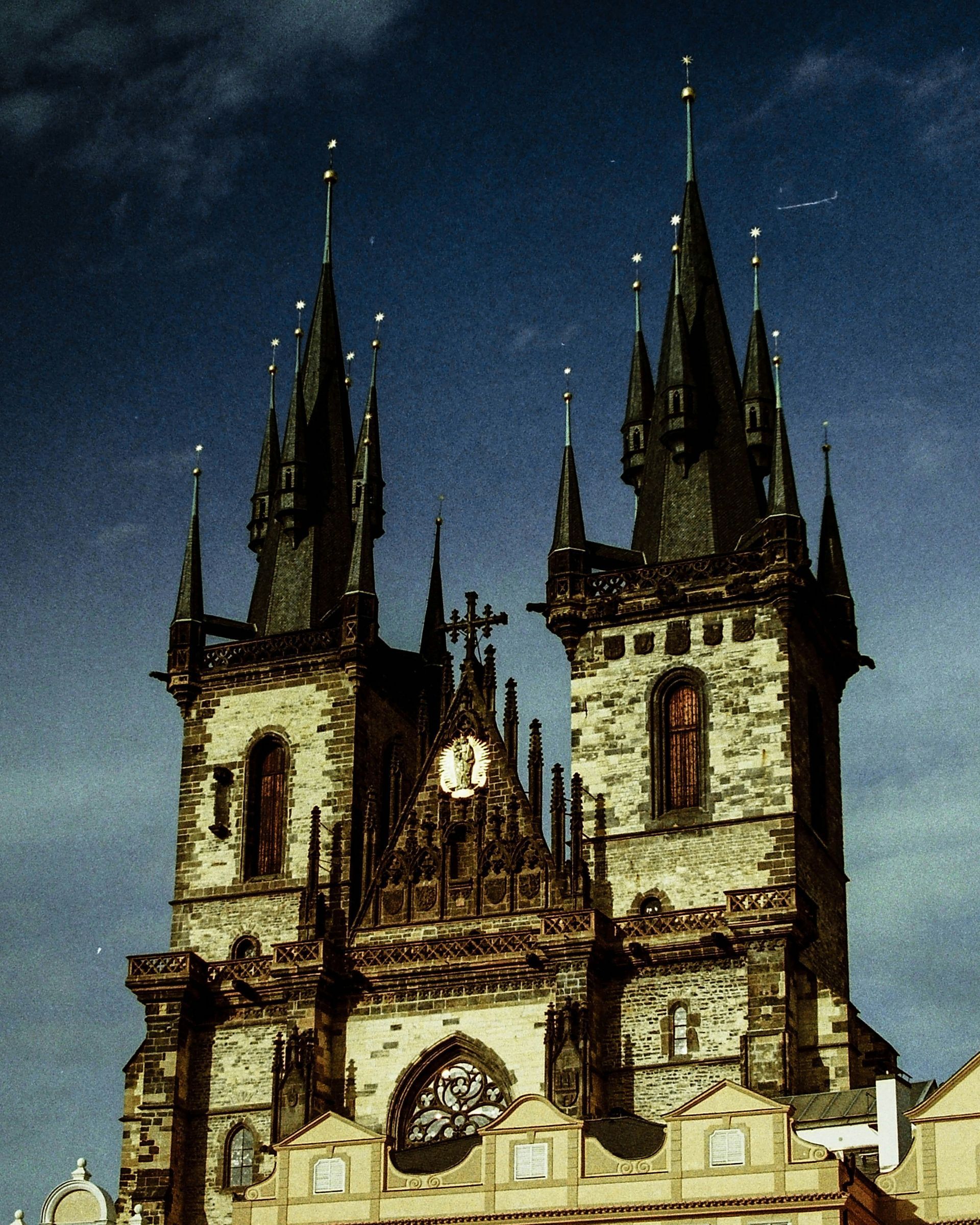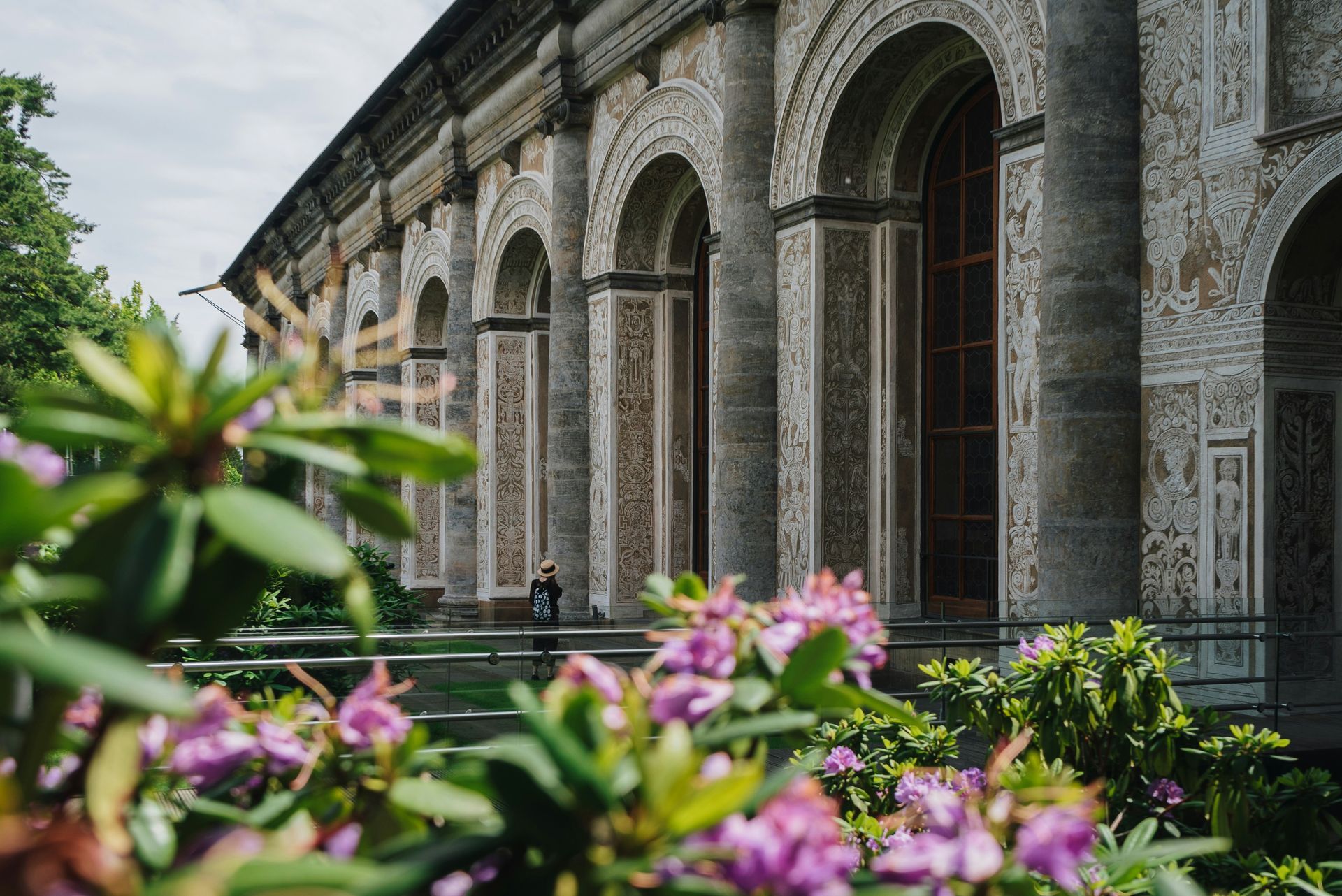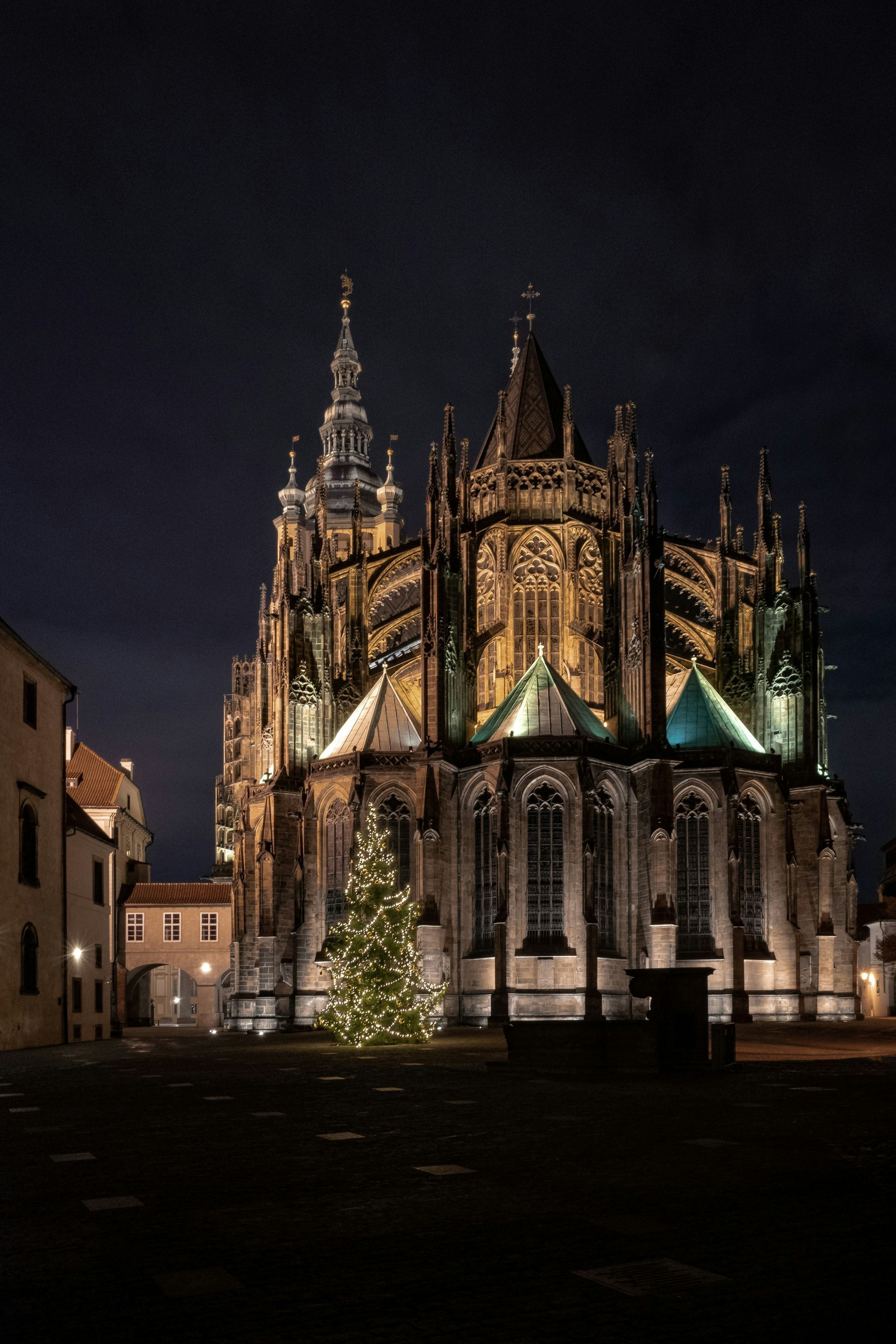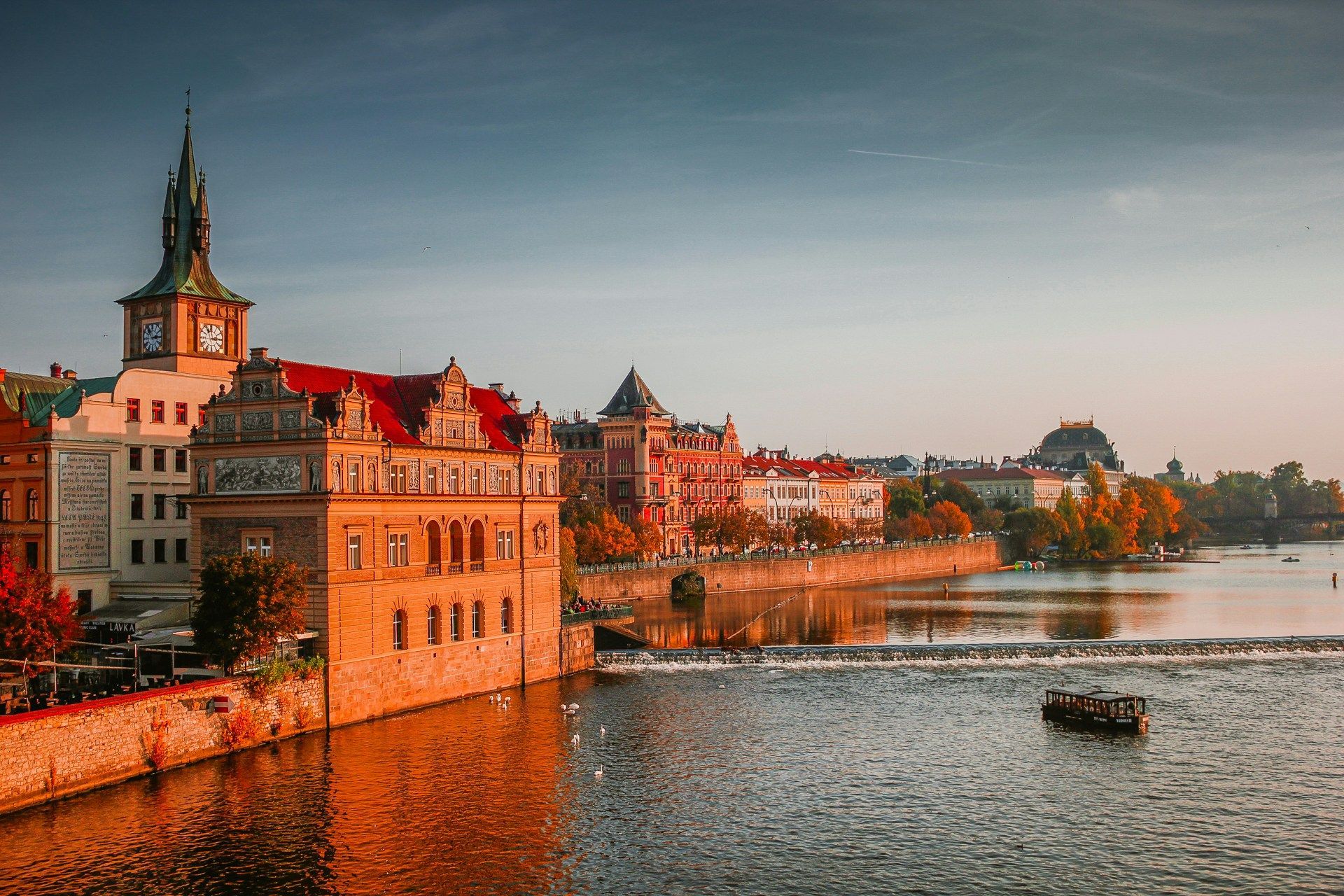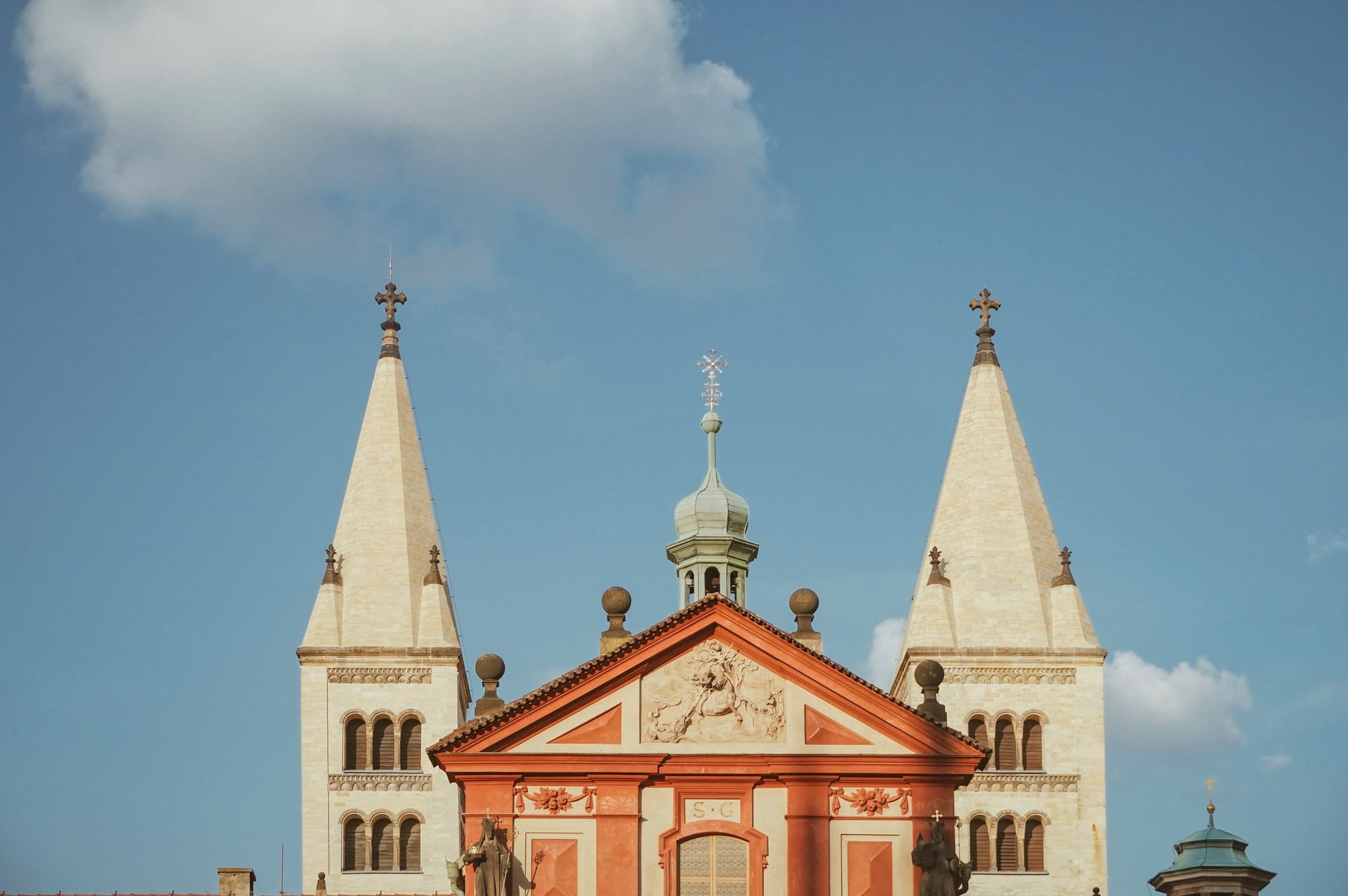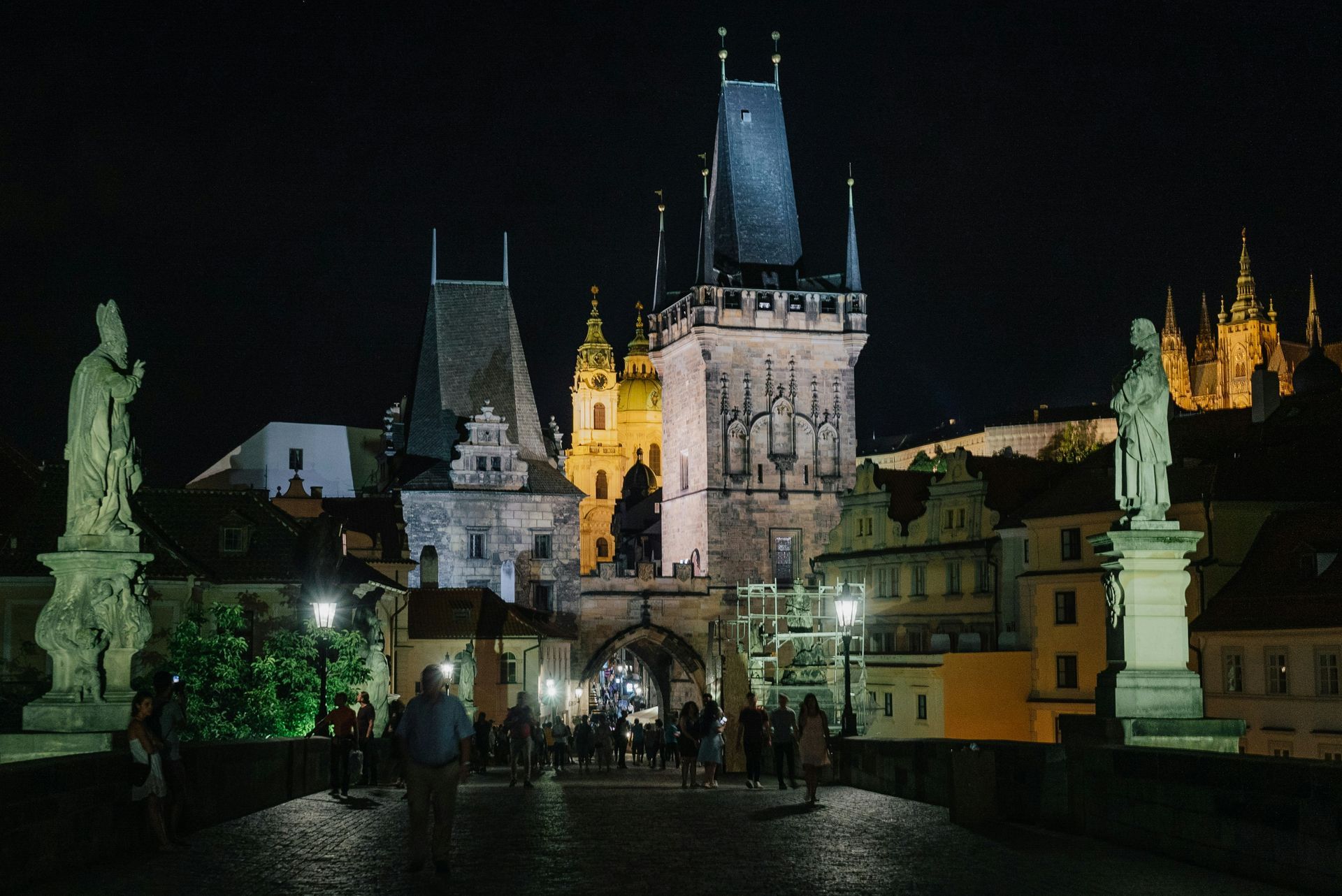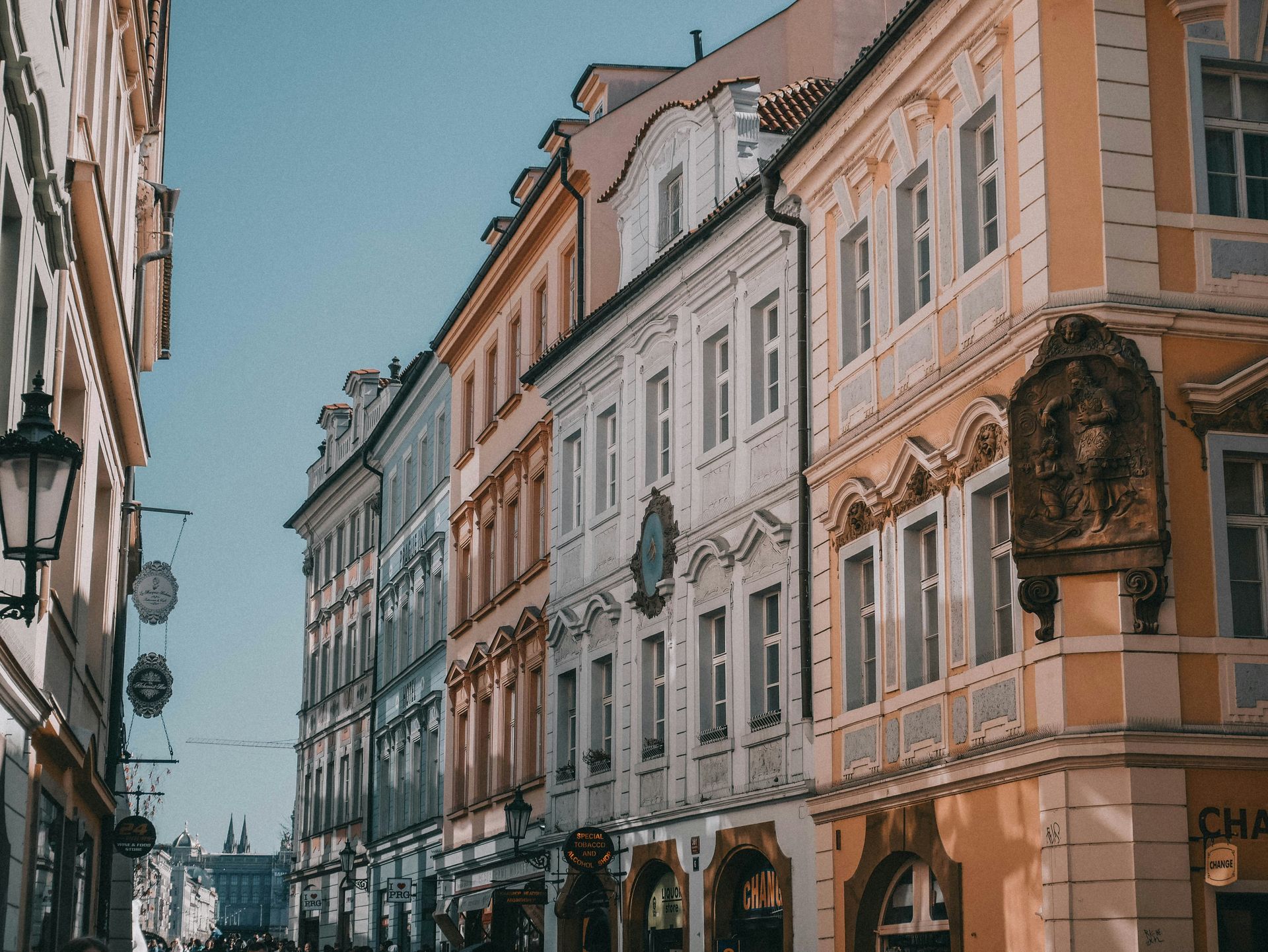Spreading Smile across the globe
Hidden Gems of Northern Italy
Hidden Gems of Italy are a testament to the country's diverse and enchanting beauty, often concealed from the traditional tourist routes. While Italy is celebrated for its iconic cities like Rome, Florence, Venice, and the Amalfi and Cinque Terre coasts, it's the lesser-known destinations that promise a unique journey. These unexplored regions offer travellers a chance to experience Italy's authentic culinary delights, rich historical narratives, and stunning natural landscapes. From the northern reaches to the southern shores, these Hidden Gems of Italy reveal a different facet of this remarkable nation.
Lake Orta - Piedmont
Hidden Gems of Italy come to life at Lake Orta, tucked away near the Swiss border in the heart of Piedmont. This hidden paradise often evades the spotlight compared to its more famous counterparts like Lake Como and Lake Garda. The historic town of Orta San Giulio, with its Baroque and Medieval architecture, cobbled streets, and idyllic Piazza Motta, enchants visitors. The glistening waters of the lake itself invite moments of serenity. What makes Lake Orta truly extraordinary is the mysterious island at its centre—a tranquil sanctuary inhabited by resident nuns.
Treviso - Veneto
Among the Hidden Gems of Italy, Treviso stands as a city in the Veneto region that retains its genuine northern Italian charm. Meandering through its narrow cobbled lanes, picturesque canals, and medieval city walls feels like a step back. Positioned on the fringes of the renowned Prosecco wine region, Treviso provides a delightful excuse for an aperitivo with a glass of Italy's renowned sparkling Prosecco.
Aosta Valley
Nestled among the bordering landscapes of Switzerland and France, the Aosta Valley showcases breathtaking alpine scenery, perched castles, and traditions that thrive throughout the year. When spring and summer arrive, the region's walking trails entice explorers. This season also brings lively festivals that celebrate folk traditions that date back to medieval times. Be sure to savour the local cheese Fontina, a culinary delight that embodies the spirit of this Hidden Gem of Italy.
Alba - Piedmont
Alba, a sought-after destination among Italy's hidden gems, is situated in the vineyards of the Langhe Hills. Once adorned with a hundred towers, Alba exudes a charming rural ambience. It's renowned for its autumn truffle festival, a gastronomic event that captures the essence of the region. Alba is also celebrated for its dark chocolate, hazelnut groves, white truffles, and prestigious wineries. It's from this very region that the sought-after Barolo wine originates.
Camogli - Liguria
Camogli, a typical and vibrant Italian seaside village on the Ligurian Riviera di Levante, perfectly embodies the spirit of the Hidden Gems of Italy. Towering, brightly painted houses dominate the town, and it has become a magnet for visitors seeking pristine beaches, Ligurian cuisine, the rustic fishing marina, Italian culture, and a tranquil natural setting. Camogli has earned its reputation for culinary excellence, focusing on fish and seafood, particularly anchovies and tuna, as well as the iconic pesto sauce made from basil and pine nuts.
Brescia - Lombardy
Hidden Gems of Italy often come alive through history, and Brescia is no exception. In this small city, history unfolds through a tapestry of architectural styles, spanning Roman, Medieval, Renaissance, Baroque, and even Art Deco. Walking through Brescia feels like a journey through time, and a visit to the captivating Piazza della Loggia, framed by a stunning Venetian-style palace at its heart, is a must for history enthusiasts.
Trieste
Trieste is a refreshingly unique destination, an Italian city positioned near the Slovenian border with its dialect that's a delightful blend of Austrian-German, Greek, Croatian, and Italian. Trieste's neoclassical waterfront is a sight to behold, with its marina brimming with stylish, glimmering yachts. The city's offerings include clear blue skies, expansive sandy beaches, city lidos, and the surrounding vineyards. Trieste is a Hidden Gem of Italy that belongs on every traveller's Northern Italian itinerary.
Modena - Emilia-Romagna
Modena is famed for its Hidden Gems of Italy, including balsamic vinegar, Luciano Pavarotti, the Romanesque cathedral, and the nearby Ferrari museum. Beyond these illustrious attractions, Modena reveals a treasure trove of remarkable restaurants. Massimo Bottura's Osteria Francescana has twice earned a place among the world's top 50 eateries, showcasing the culinary excellence of this Hidden Gem. While in Modena, don't miss the chance to savour local specialities like stuffed tortellini and sparkling Lambrusco wine, the perfect complement to your gastronomic journey.
Chiusa / Klausen - South Tyrol
Chiusa, also known as Klausen, is one of Italy's most picturesque villages. It is situated on the banks of the Isarco River in the South Tyrolean region near the Austrian border. Chestnut groves, green fields, vineyards, and farmsteads surround the town. In the village itself, visitors are captivated by narrow alleyways, coats of arms, large bay windows, crenellated facades, and the two main squares.
Ravenna - Emilia-Romagna
Ravenna offers a treasure trove of experiences among the Hidden Gems of Italy. This city is a feast for the senses, with its diverse offerings of food, music, art, culture, history, beaches, wine, and mosaics. Ravenna is home to eight UNESCO-listed sites, making it a must-visit for history and art enthusiasts. It's also known for its two-month-long music festival, Dante Alighieri's tomb, local culinary delights, nearby beach resorts, and the opportunity to explore pinewood forests. The city's fame is derived from its stunning mosaics, dating from the fifth and sixth centuries, scattered throughout the town.
In conclusion, Italy's Hidden Gems invite you to embark on a journey less travelled, where the rich tapestry of history, diverse cuisine, and breathtaking landscapes come to life. These lesser-known destinations provide an authentic Italian experience, away from the bustling crowds, revealing the nation's soul in its purest form. Explore these Hidden Gems to uncover Italy's hidden treasures.
Hidden Gems of Central Italy
Hidden Gems of Italy beckon the adventurous traveller to explore the lesser-known treasures that this remarkable country holds. From the picturesque valleys of Tuscany to the medieval charm of Umbria, the mysterious landscapes of Molise, and the architectural wonders of San Gimignano, these destinations promise unforgettable experiences.
Garfagnana - Tuscany
The Garfagnana region is a hidden gem in the beautiful Tuscan valley north of Lucca. It is crossed by the Serchio River, and the landscape is characterized by fertile greenery, rugged mountains, and charming villages. Outdoor activities such as hiking, walking, and mountain biking are enjoyed by many people in this area. Garfagnana is home to several one-of-a-kind attractions, including a ghost town, a wind cave, and the Devil's Bridge at Borgo a Mozzano.
Gubbio - Umbria
Umbria hides many treasures, and a particular favourite among Hidden Gems of Italy is the Medieval hilltop town of Gubbio. Gubbio, a city with a history dating back over 2,000 years, is a maze of cobbled streets and stone buildings that have been perfectly preserved. Visitors can take a cable car to the summit of Mount Ingino to enjoy panoramic views of the surrounding area. In addition, Gubbio hosts Italy's oldest event, the Corsa dei Ceri, in which teams race through the streets carrying massive wooden candles.
Molise
Molise is Italy's second-smallest region and one of its best-kept secrets. Hidden Gems of Italy are plentiful here. The picturesque town of Agnone is renowned for its artisanal bells, produced by the oldest family-run bell foundry in the world. Meanwhile, Campobasso, the regional capital, boasts a stunning medieval old town. Molise offers a captivating mix of historical charm and natural beauty, with rugged mountains, rolling hills, and pristine beaches along the Adriatic coast.
San Gimignano - Tuscany
Nestled in the heart of Tuscany, San Gimignano boasts medieval architecture and, of course, its famous towers. The town's historic centre is a UNESCO World Heritage site, known for its fourteen stone towers that once symbolised wealth and power. San Gimignano offers a glimpse into medieval Tuscany, with well-preserved streets and squares that transport visitors to another time. Besides the towers, make sure to explore the Collegiate Church and indulge in the local Vernaccia wine, a crisp white wine produced in the region.
Spello - Umbria
Another gem in the heart of Italy, Spello enchants visitors with its winding medieval streets and stunning floral displays. Known as the "Città Infiorata" or "flower town," Spello hosts the Infiorata festival, during which the streets are carpeted with intricate flower petal designs. This event occurs in early June and is a magnificent spectacle. Outside of the festival, Spello's charm continues with its well-preserved historic centre and beautiful churches.
Trulli of Alberobello - Apulia
Apulia, or Puglia, is famous for its unique trulli houses, and Alberobello is the epicentre of this architectural marvel. These whitewashed conical homes are a UNESCO World Heritage Site that offers a glimpse into the region's history. Visitors can even stay in trulli that have been converted into accommodations, providing a truly immersive experience.
Norcia - Umbria
Nestled in the Sibillini Mountains, Norcia is renowned for its gastronomy. This charming town produces exceptional cured meats, particularly prosciutto and salami. For food enthusiasts, Norcia is a true Hidden Gem of Italy. Explore local shops, taste the region's specialities, and visit the beautiful town square. Nature enthusiasts will also find hiking trails and natural beauty in the nearby Monti Sibillini National Park.
Montefalco - Umbria
Montefalco is often called the "Balcony of Umbria" for its stunning views over the surrounding valley. This charming town is also known for its wine, particularly Sagrantino, one of Italy's most robust red wines. Montefalco's medieval centre is picturesque and hosts several churches with remarkable frescoes, making it a cultural and gastronomic gem.
Castelluccio di Norcia - Umbria
High in the Sibillini Mountains, Castelluccio di Norcia is a quaint village known for its stunning wildflower blooms in late spring and early summer. The surrounding plateau becomes a colourful tapestry, attracting photographers and nature enthusiasts. Besides the flowers, visitors can enjoy hiking and take in the breathtaking scenery. Hidden Gems of Italy like Castelluccio di Norcia provide a unique connection to nature and the changing seasons.
In the heart of Italy, a treasury of Hidden Gems awaits the intrepid traveller. From the mysterious ghost town of Garfagnana to the ancient charms of Gubbio, the enchanting landscapes of Molise, and the medieval splendours of San Gimignano, these lesser-known destinations reveal Italy's diverse beauty and rich history. Journey through the tranquil streets of Spello, marvel at the unique trulli houses in Alberobello, savour the culinary delights of Norcia, and bask in the vibrant blooms of Castelluccio di Norcia. These Hidden Gems of Italy promise an unforgettable adventure in a land of timeless wonder.
Hidden Gems of Southern Italy
Italy, a land of rich history, captivating art, and exquisite cuisine, is known for its iconic cities and world-famous landmarks. Despite the tourist-filled streets and crowded piazzas, the country holds many hidden gems—lesser-known destinations that offer a more intimate and authentic experience. These places, tucked away in various corners of Italy, are a testament to the nation's diverse and enchanting beauty, waiting to be explored by the discerning traveller. From medieval towns perched atop hills to charming coastal villages and ancient archaeological sites, the Hidden Gems of Italy promise unique adventures and unforgettable memories.
Civita di Bagnoregio - Lazio
Civita di Bagnoregio is often called the "Dying Town" because of its gradual erosion over the centuries. This medieval village is perched on a hilltop and can only be reached by a long footbridge. It's a unique destination, seemingly suspended in time, and is the perfect Hidden Gem for history buffs and photographers.
Matera - Basilicata
Matera, known for its cave dwellings, is one of Italy's most intriguing and unique destinations. The Sassi di Matera, a historic cave settlement, is a UNESCO World Heritage Site. Matera is gaining popularity but still qualifies as one of the Hidden Gems of Italy. Touring this labyrinth of stone-carved rooms and narrow streets offers an incredible historical journey.
Sperlonga - Lazio
Sperlonga is a charming coastal town characterized by its pristine beaches, winding alleys, and picturesque piazzas. Nestled between Rome and Naples, Sperlonga is often overlooked by travellers. A visit here reveals a relaxed and authentic Italian atmosphere, perfect for strolls and seaside relaxation. Take advantage of the Grotto of Tiberius, a cave once used as the emperor's villa and now a museum.
Paestum - Campania
The ancient ruins of Paestum, originally a Greek colony known as Poseidonia, provide an extraordinary window into Italy's history. The temples are exceptionally well-preserved, ranking among the best-preserved in the world. Paestum is also home to a fascinating archaeological museum that displays artefacts from the site. Enjoy a step back in time amid the Hidden Gems of Italy.
Castro - Apulia
Castro, a picturesque coastal town, boasts a historic centre perched on a rocky outcrop. Visitors can explore ancient churches, fortifications, and a charming harbour. Castro also has sea caves that can be explored by boat. The region's cuisine is a seafood lover's paradise, making this town a Hidden Gem for food enthusiasts as well.
Scilla - Calabria
Scilla, an idyllic coastal village in Calabria, offers stunning sea views and hidden beaches. The town is known for the Ruffo Castle, which dominates the landscape, and the legendary sea monster Scylla from Greek mythology. The charming village is a serene and lesser-known alternative to some of the more crowded Italian seaside destinations.
San Marino
San Marino is a microstate surrounded by Italy and is one of the world's oldest republics. It's a destination that's often missed, making it a true Hidden Gem. San Marino boasts dramatic mountaintop views, historic architecture, and unique attractions like the Guaita Tower and the Palazzo Pubblico. For collectors, the country is also known for its beautiful stamps and coins.
Conclusion
Discovering the Allure of Hidden Gems of Italy
Hidden Gems of Italy offers travellers an authentic experience, far removed from the tourist-packed cities and famous landmarks. These lesser-known destinations unravel the genuine charm, culture, history, and culinary wonders that make Italy an endlessly fascinating country to explore. From the mountains of the North to the coasts of the South, each region holds its treasures, waiting to be discovered by those who venture off the beaten path. By exploring the Hidden Gems of Italy, you can craft a unique and unforgettable journey that deepens your appreciation of this incredible country. Plan your trip carefully, and you will be rewarded with the beauty, history, and flavours that characterize these enchanting places.
Architectural Marvels of the Czech Republic:
From Gothic to Baroque
Czech Republic architecture is a captivating blend of centuries-old styles, each reflecting the country’s rich cultural and historical evolution. From the Gothic cathedrals that soar above medieval squares to the intricate Baroque facades adorning townhouses, Czech architecture offers a diverse tapestry of design and craftsmanship. This small but storied nation sits at the crossroads of Europe, which has allowed it to absorb and reinterpret various architectural influences over the centuries.
Whether wandering through Prague’s Old Town, marveling at the Renaissance beauty of Český Krumlov, or exploring the ornate churches and palaces in Olomouc, visitors are met with unique expressions of artistry that speak to different eras. Czech Republic architecture is not only an aesthetic experience but also a journey through time, where each building tells its own story—from the towering Gothic spires of St. Vitus Cathedral to the curving, graceful lines of Baroque monasteries. Join us as we explore some of the country’s architectural marvels and uncover the enduring legacy of Czech craftsmanship, creativity, and resilience.
Gothic Grandeur: The Rise of Ornate Structures
The Gothic style, marked by pointed arches, ribbed vaults, and impressive spires, emerged in Europe during the 13th century and left an indelible mark on Czech Republic architecture. This era brought forth cathedrals and castles built to awe, their grand designs inspiring both reverence and wonder.
- St. Vitus Cathedral in Prague One of the most iconic Gothic landmarks in the Czech Republic is St. Vitus Cathedral in Prague. Situated within the Prague Castle complex, this masterpiece is characterized by towering spires and intricately carved stone details. The cathedral’s interiors feature stunning stained glass windows, vaulted ceilings, and meticulously designed chapels. Built over centuries, St. Vitus reflects the evolution of Czech Republic architecture, combining elements of Gothic, Neo-Gothic, and even Baroque styles, making it a must-visit for those fascinated by ecclesiastical designs.
- Karlštejn Castle A short drive from Prague, Karlštejn Castle is another gem of Gothic architecture. Built in the 14th century by Emperor Charles IV, the castle’s primary purpose was to safeguard the Imperial Regalia. Perched on a hill, it features tiered defenses and ornate interiors adorned with medieval frescoes. The Chapel of the Holy Cross, renowned for its unique decoration with semi-precious stones and gold, is a standout within this historic fortress, offering a look into medieval artistry and the fortified aesthetics of Czech Republic architecture.
The Renaissance Influence: Embracing Symmetry and Elegance
The 16th century Renaissance movement introduced a new architectural language to the Czech Republic. Focusing on symmetry, balance, and detailed ornamentation, the Renaissance style contrasted sharply with the preceding Gothic period. This era brought forth many palaces and chateaux that continue to enchant visitors.
Litomyšl Castle One of the finest examples of Renaissance architecture in the Czech Republic, Litomyšl Castle is recognized for its sgraffito-decorated façade. Built in the Italian Renaissance style, this UNESCO World Heritage Site boasts arcaded courtyards, detailed frescoes, and a unique combination of Gothic and Renaissance features. The castle’s interiors are equally impressive, showcasing Czech Republic architecture’s shift towards refinement and symmetry during the Renaissance period.
Český Krumlov Castle Český Krumlov Castle merges Gothic, Renaissance, and Baroque influences, reflecting its history as a continuously expanded residence. Overlooking the Vltava River, the castle features a Renaissance tower painted in vibrant colors, making it a standout in the town’s landscape. The castle complex includes a Rococo garden, which is a perfect representation of Czech Republic architecture’s versatility and its ability to harmonize various styles in a single location.
Baroque Brilliance: Embracing Ornamentation and Grandeur
In the 17th century, the Baroque style swept through the Czech Republic, bringing with it a flair for drama, opulence, and intricacy. Baroque buildings are often distinguished by their ornate facades, grand domes, and meticulous sculptures, making them a striking part of Czech Republic architecture.
St. Nicholas Church in Prague Located in Prague’s Lesser Town, St. Nicholas Church is one of the Czech Republic’s most breathtaking Baroque buildings. With its massive dome, elegant frescoes, and intricate detailing, the church is a masterpiece of Baroque design. Inside, visitors are treated to opulent decorations, including an impressive ceiling fresco and detailed altars. St. Nicholas Church embodies the grandeur of Baroque architecture and represents the richness of Czech Republic architecture’s artistic heritage.
Kuks Hospital and Chapel In the eastern part of the country, Kuks Hospital and Chapel is a unique example of Baroque architecture combined with a social mission. Built as a spa and hospital complex in the 18th century, the building’s symmetrical façade, extensive gardens, and stunning sculptures showcase the lavishness associated with the Baroque period. The complex also features a series of sculptures representing virtues and vices by Czech artist Matthias Braun, making it a remarkable piece of Czech Republic architecture and artistry.
Unique Blends: Architectural Fusion in the Czech Republic
The Czech Republic is a land where architectural styles often overlap, creating stunning fusion buildings that combine various historical influences. This phenomenon is especially prevalent in cities like Prague, where a walk through the streets feels like a journey through different centuries.
Municipal House in Prague The Municipal House in Prague is a fine example of Czech Republic architecture that combines elements of Art Nouveau with Neo-Baroque details. Completed in 1912, the building serves as a cultural hub, hosting concerts, exhibitions, and events. Its lavish interiors feature intricate mosaic work, stained glass, and sculptures, all beautifully woven into a cohesive design. Municipal House represents how Czech Republic architecture has embraced stylistic diversity to create iconic landmarks.
Holy Trinity Column in Olomouc Standing as an outstanding example of the Baroque style, the Holy Trinity Column in Olomouc is a UNESCO-listed monument dedicated to the Baroque love for ornamental sculpture. Towering at over 35 meters, this column is richly adorned with religious statues and details that reflect Czech Republic architecture’s commitment to grandeur and intricate artistry during the Baroque era.
Architecture Heritage Beyond the Cities
Beyond urban landscapes, Czech Republic architecture thrives in its rural settings, where you’ll find beautifully preserved traditional homes, wooden churches, and historic chateaux.
Village of Holašovice Holašovice, a small village in South Bohemia, offers a picturesque view of rural Czech Republic architecture with its Baroque-style rural houses. The village’s charming farmhouses, with their pastel-colored facades and decorative gables, provide a glimpse into traditional Czech village life. This UNESCO World Heritage Site captures the essence of countryside architecture and is a peaceful contrast to the grandeur of urban landmarks.
Wooden Churches of Eastern Czech Republic The wooden churches scattered throughout eastern Czech Republic represent the country’s Slavic heritage and traditional building techniques. These wooden structures, often tucked away in small villages, are characterized by simple exteriors and intricate interiors, offering an enchanting perspective on the historical roots of Czech Republic architecture.
The Art Nouveau Influence: A Flourish of Modern Aesthetics
At the turn of the 20th century, Art Nouveau arrived in the Czech Republic, bringing with it organic forms, floral patterns, and intricate detailing that emphasized beauty and elegance in everyday spaces. This style swept through Prague and other urban centers, resulting in buildings that feel both nostalgic and distinctly modern.
The Dancing House in Prague Perhaps one of the most distinctive landmarks of modern Czech Republic architecture, The Dancing House is an example of deconstructivist design with a touch of Art Nouveau influence. Designed by architects Vlado Milunić and Frank Gehry, this building’s fluid, curving lines evoke the image of a dancing couple, an homage to Fred Astaire and Ginger Rogers. The Dancing House symbolizes the Czech Republic’s embrace of both its architectural past and contemporary innovation, offering a fresh contrast amid Prague’s historical facades.
Hotel Evropa Hotel Evropa on Prague’s Wenceslas Square is a masterpiece of Art Nouveau, showcasing exquisite ornamentation and floral motifs. The interior of the hotel is a rich display of Czech craftsmanship, with lavish woodwork, stained glass, and wrought iron details that capture the spirit of early 20th-century design. Though partially closed for restoration, the building’s exterior remains a cherished example of Czech Republic architecture, representing an era of elegance and artistic expression.
Preserving Architectural Heritage
Today, the Czech Republic takes pride in preserving its architectural treasures, from medieval castles to avant-garde structures. Restoration efforts and UNESCO recognition help protect these historical sites, ensuring that future generations can admire and learn from the artistry and craftsmanship of Czech Republic architecture.
In cities like Kutná Hora and Telč, entire historical centers have been preserved, allowing visitors to experience centuries-old streetscapes that have remained largely unchanged. This commitment to preservation underscores the country’s respect for its heritage, creating a living museum of architecture that spans countless eras and styles.
A Living Legacy
The architectural landscape of the Czech Republic is ever-evolving, with new structures continuing to honor the past while embracing innovation. From sustainable buildings that prioritize eco-friendly design to modern reinterpretations of traditional Czech forms, contemporary architects are redefining Czech Republic architecture for a new generation. Whether through renovations of historic landmarks or the creation of visionary new spaces, the Czech Republic remains a country where architectural heritage and future aspirations intertwine.
Functionalism: Embracing Modern Simplicity
After World War I, Functionalism gained popularity in the Czech Republic, emphasizing practicality, simplicity, and a departure from ornate details. This movement brought sleek, modern buildings to the forefront, prioritizing functionality and minimalist aesthetics, which echoed the progressive spirit of the new Czechoslovak state.
Villa Tugendhat Located in Brno, Villa Tugendhat is a pioneering work of Functionalist design by architect Ludwig Mies van der Rohe. The villa’s open-plan layout, expansive glass windows, and use of industrial materials highlight the Functionalist ethos of form following function. Today, Villa Tugendhat is a UNESCO World Heritage Site, celebrated as an architectural masterpiece and a testament to Czech Republic architecture’s contribution to modernism.
Bata’s Skyscraper in Zlín Built as the headquarters for the Bata shoe company, the Bata Skyscraper is a striking Functionalist building that was one of Europe’s first skyscrapers. Its clean lines, minimalist design, and efficient use of space reflect the Functionalist philosophy. The building’s innovative features, such as the "moving office" elevator, reveal how Czech Republic architecture has long been a pioneer of industrial and practical design solutions.
Conclusion:
The
Czech Republic architecture is more than just a visual delight; it’s a reflection of the country’s complex history, cultural depth, and artistic achievements. Each Gothic, Renaissance, and Baroque building tells a story of past eras, rulers, and artistic movements that shaped the nation and left an indelible mark on its towns and cities. From the towering Gothic spires that evoke a sense of medieval grandeur to the elaborate Baroque details that celebrate opulence and imagination, Czech architecture invites visitors into a world where history and artistry intertwine seamlessly.
Exploring these architectural marvels provides a profound connection to the Czech Republic's cultural heritage, offering insight into the people, beliefs, and aspirations that influenced each era's unique style. For anyone with a passion for history, art, or simply the beauty of design, Czech Republic architecture is an unforgettable journey—one that leaves a lasting appreciation for the craftsmanship, vision, and legacy that continue to shape the country's stunning landscapes and cityscapes.
Things To Do | Travel Information | Local's Favourites




